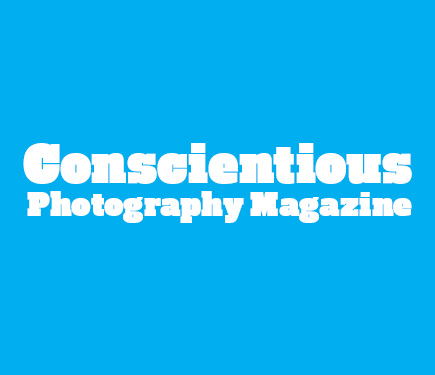Berenice Abbott
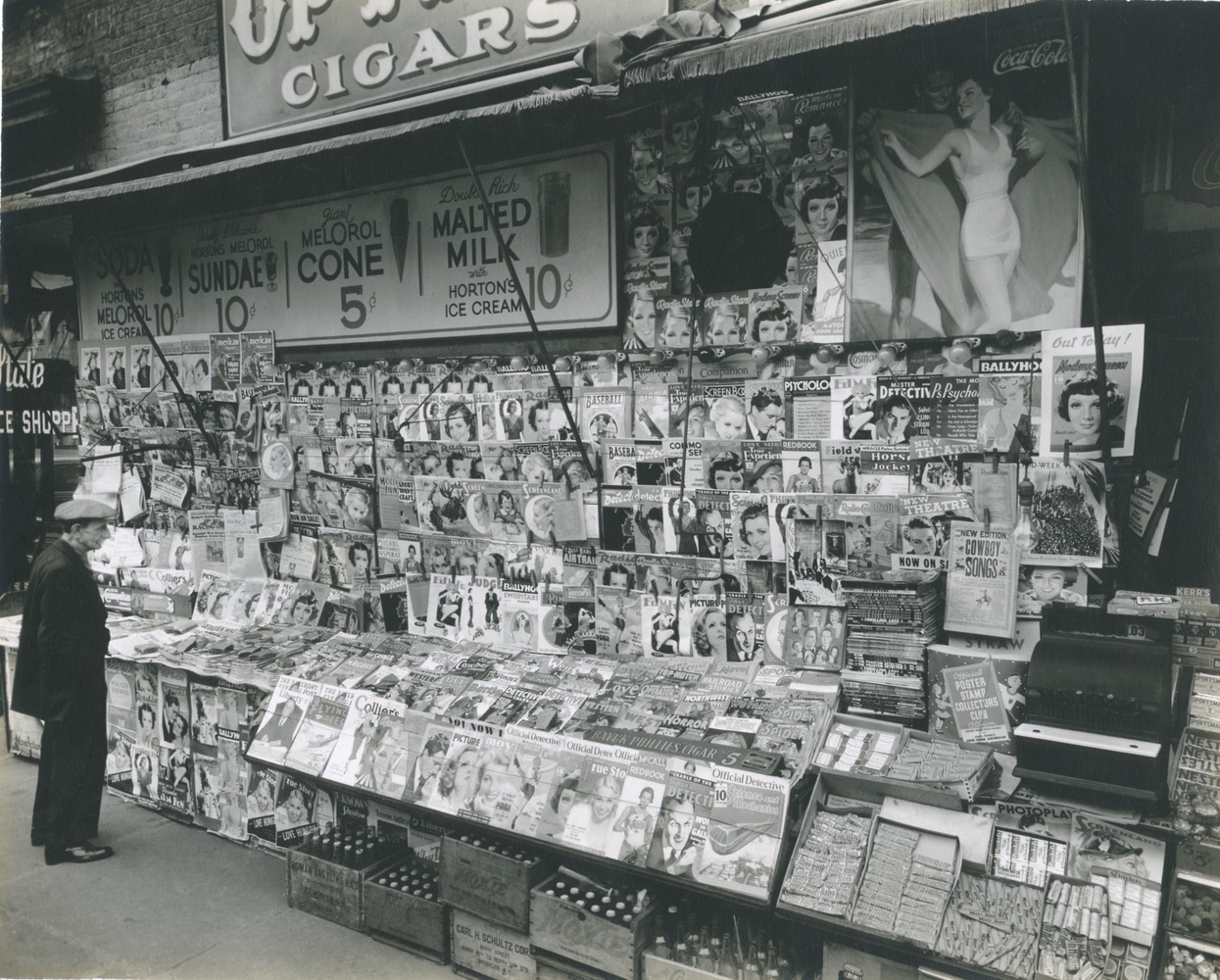
Image : 7.48 x 9.06 in ( 19,1 x 23,8 cm )
Print: 7 x 9 inches
Signed on overmat. Mounted and signed in pencil with artist's "56 W. 53rd Street" adress stamp and Federal Art Project "Changing New York" stamp on mount verso.
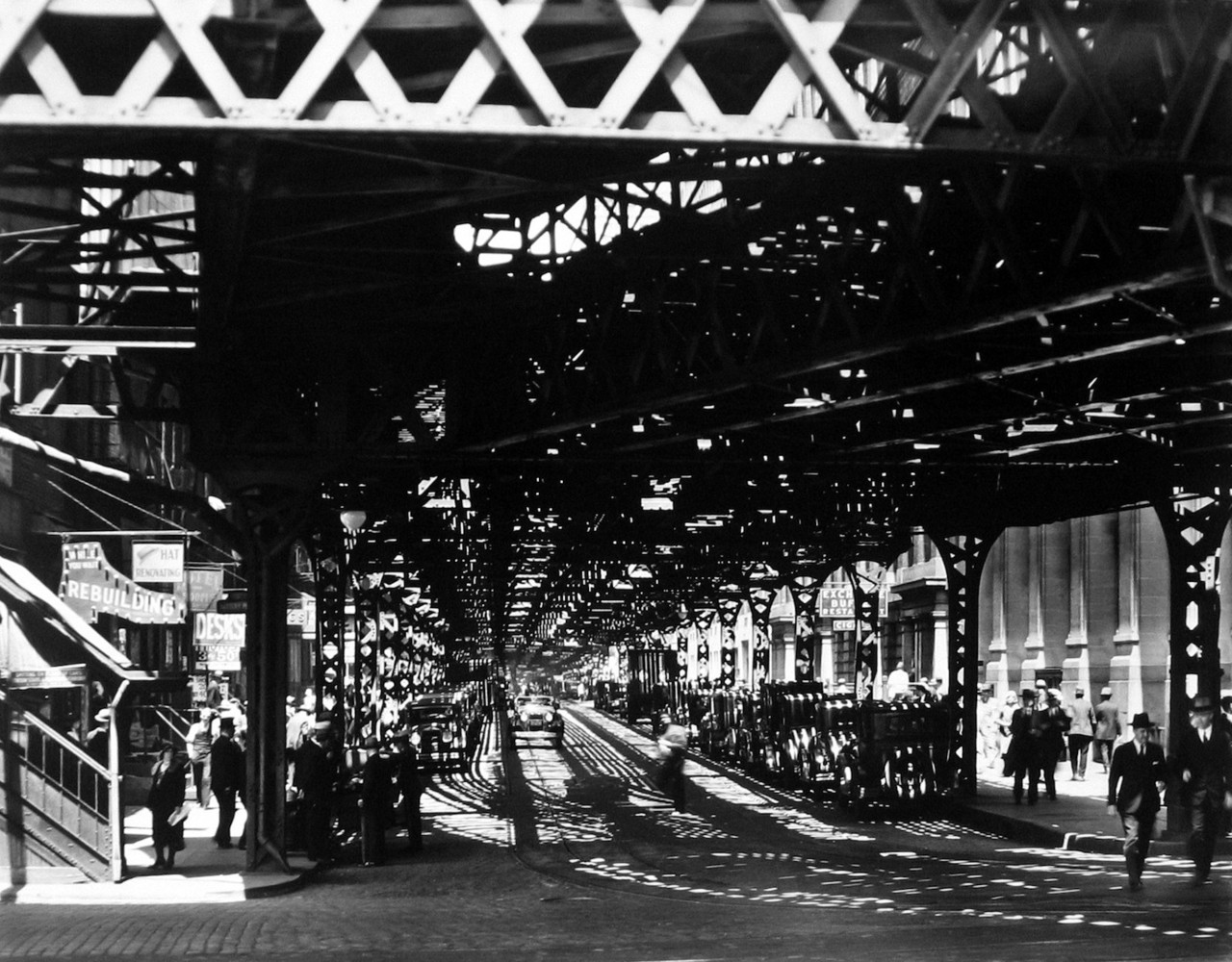
Image : 10 1/2 x 13 1/2 in ( 25.4 x 33.02 cm )
Print: 20 x 16 inches
Signed in pencil on recto and artist's stamp "Abbot, Maine" on verso
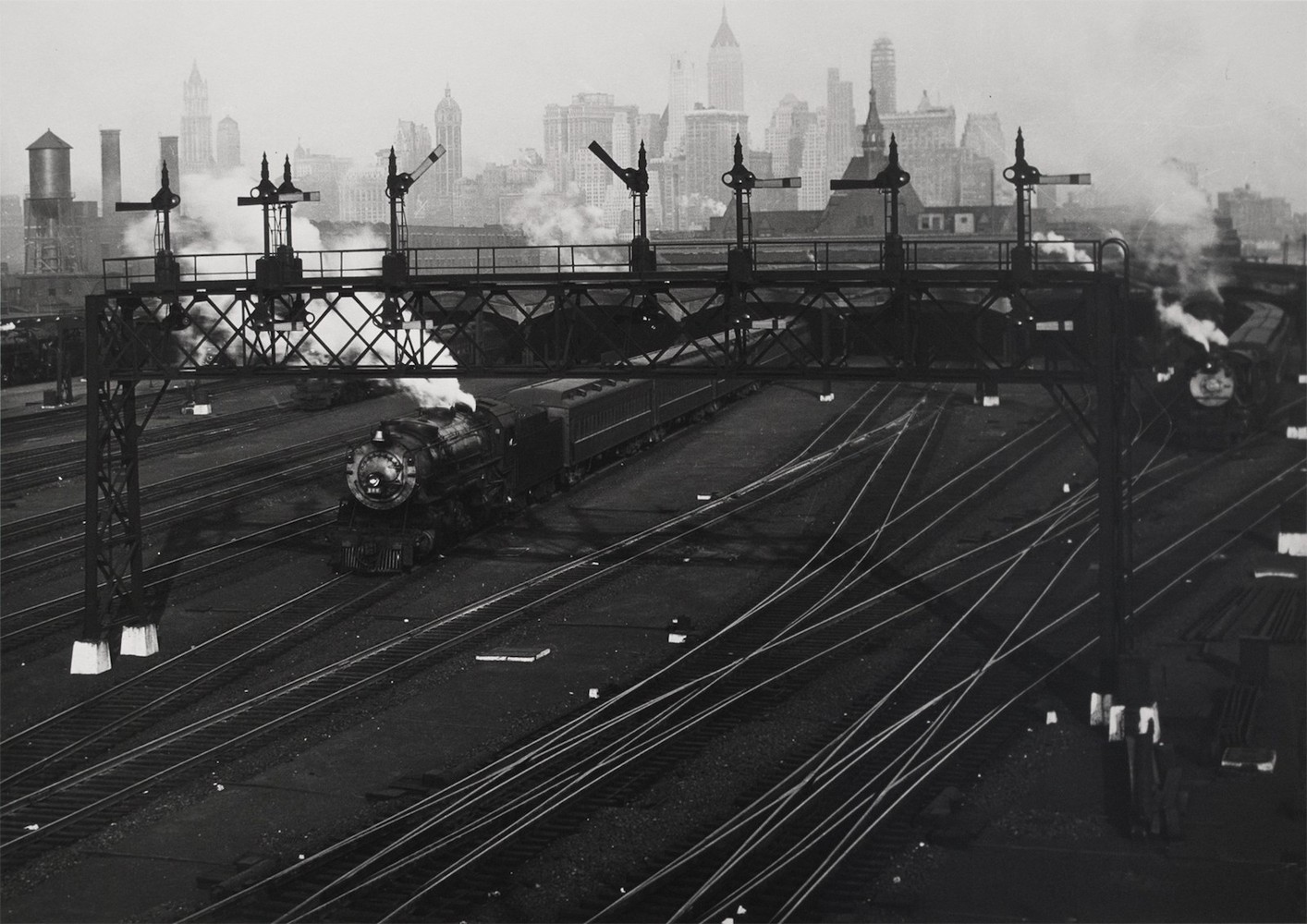
Image : 10 1/4 x 14 3/8 in ( 25.4 x 35.56 cm )
Print: 16 x 20 inches
Signed in pencil on recto and artist's stamp "Abbot, Maine" on verso
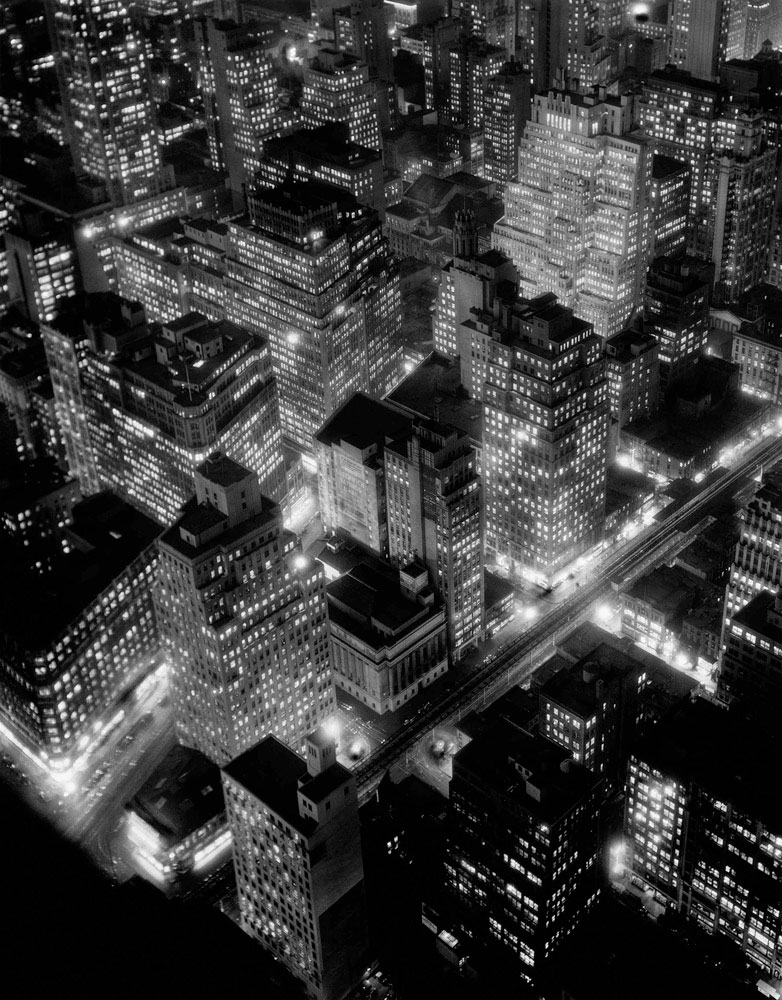
Image: 13 3/8 x 10 3/8 inches
Print: 16 x 20 inches
Signed on pencil on recto by the artist. Label on mount verso.
From a portfolio published in April 1976 by Witkin-Berley Ltd.
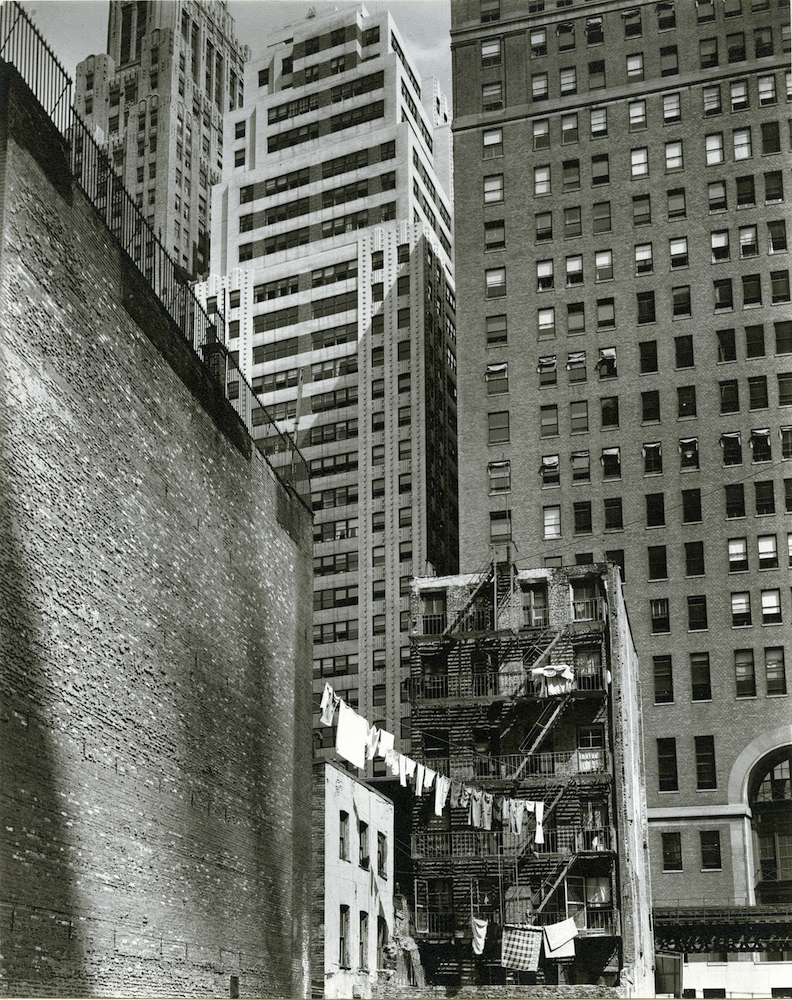
Image: 9 1/2 x 7 1/2 inches
Print: 13 x 10 inches
Signed in pencil on mount recto. Photographer's "50 Commerce St." address stamp on mount verso
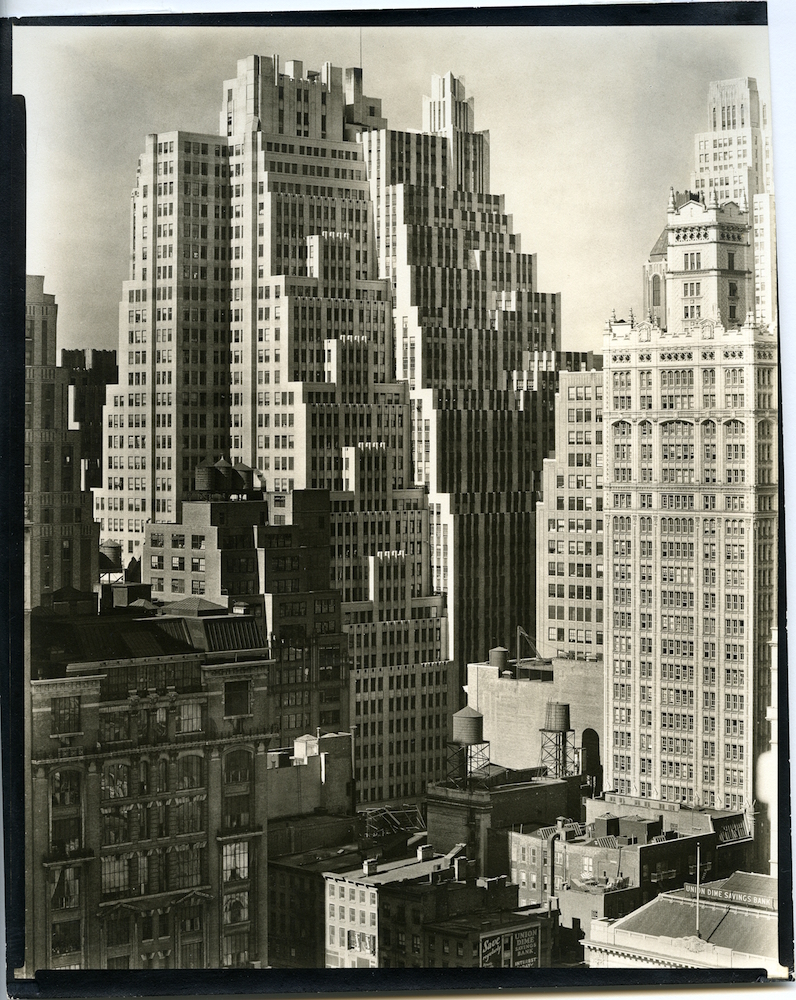
Image: 7,5 x 9,5 inches
Print: 7,5 x 9,5 inches
Signed, titled, dated, Neg. # 58-A and Code I.A.3 annotated in pencil, and "Berenice Abbott / Federal Art Project Changing New York" stamp on print verso
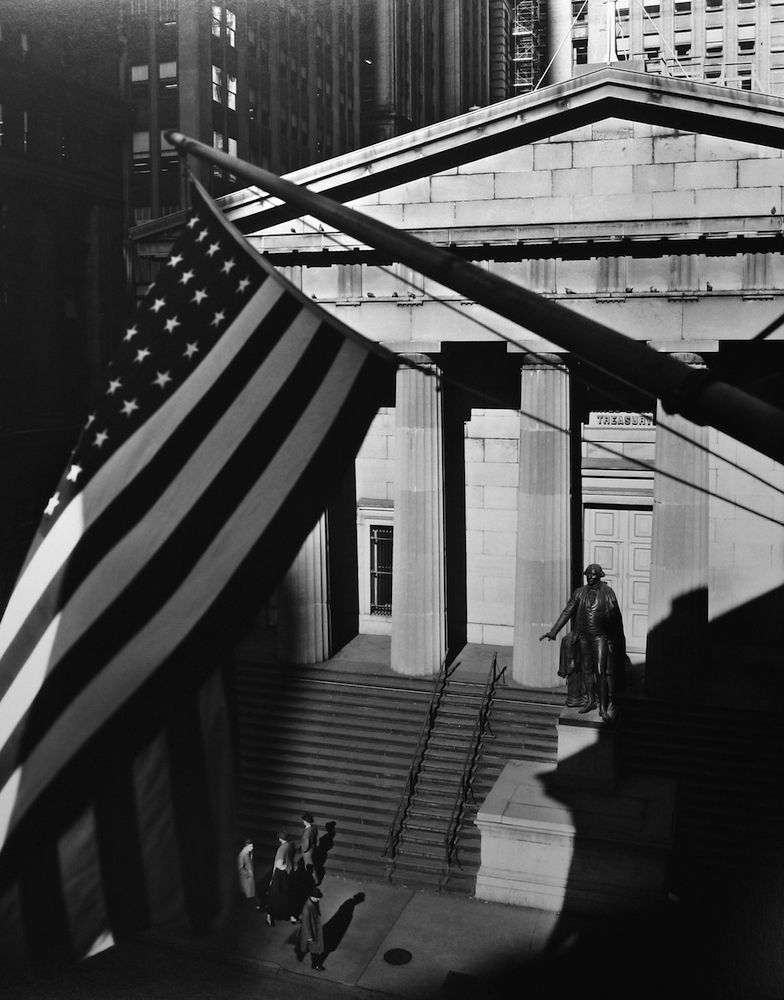
Image: 19 3/8 x 15 3/8 inches
Print: 24 x 30 inches
Signed in pencil on mount recto, Commerce Graphics stamp on mount verso
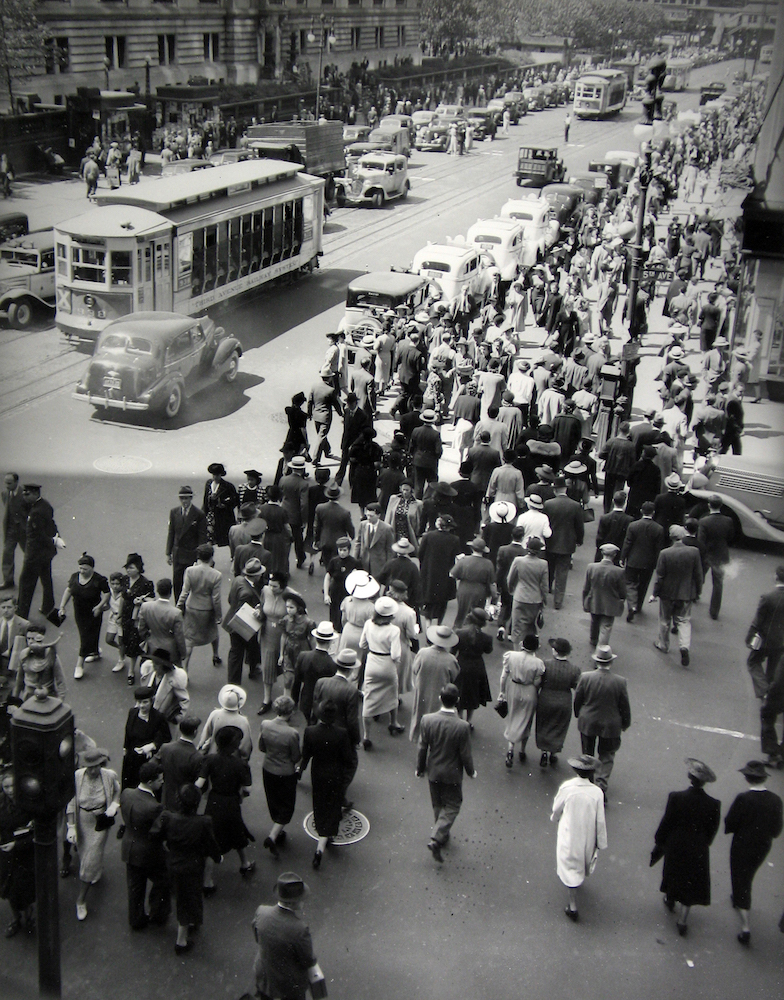
Image: 13 7/8 x 10 5/8 inches
Print: 20 x 16 inches
Signed in pencil on mount recto, stamped Abbot, Maine on mount verso

Image: 13 x 10 1/4 inches
Print: 16 x 20 inches
Signed in pencil on mount recto, stamped "Abbot, Maine" on mount verso
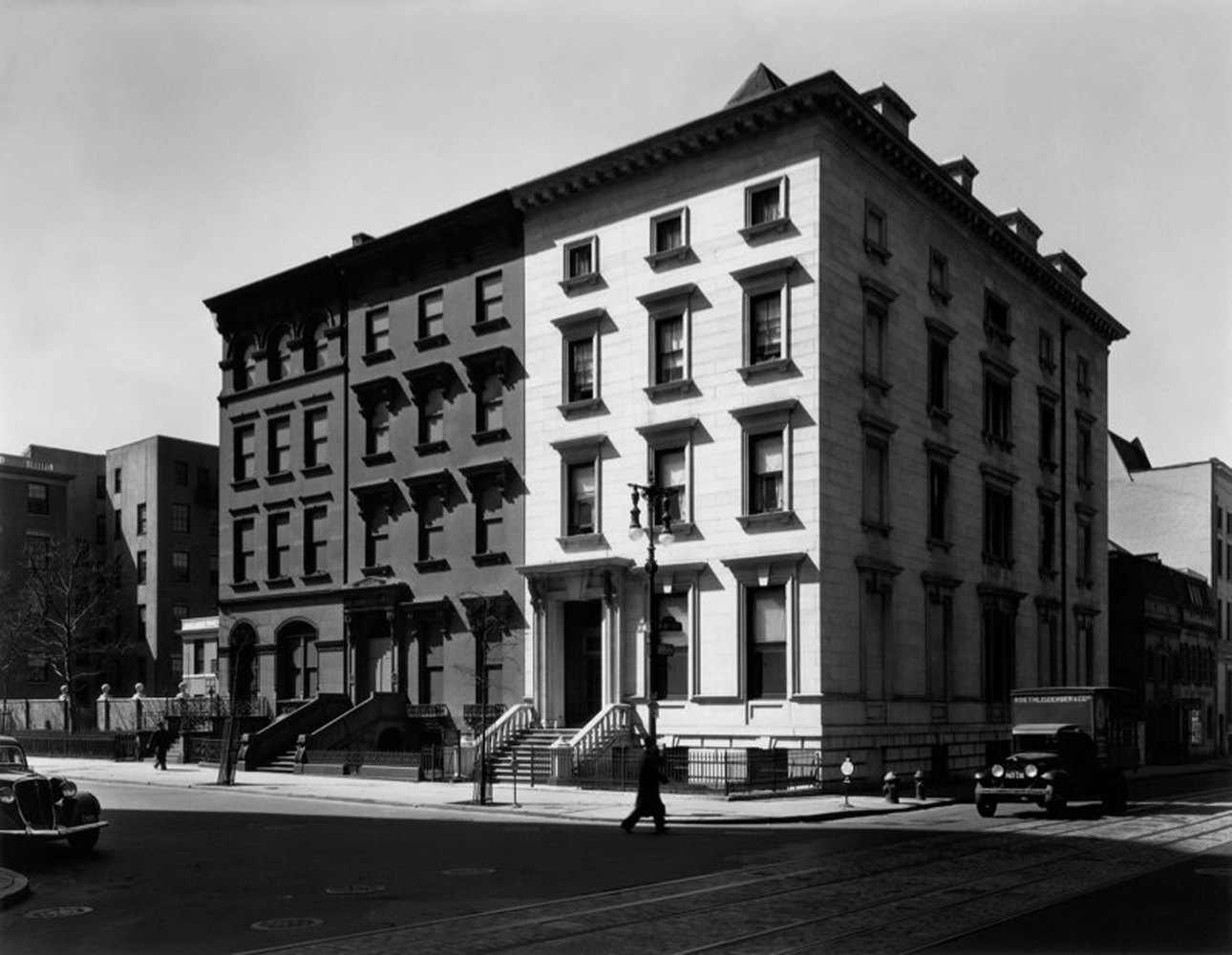
Image: 13 3/8 x 10 3/8
Print: 16 x 20 inches
Signed on pencil on recto and stamped Abbot, Maine on verso
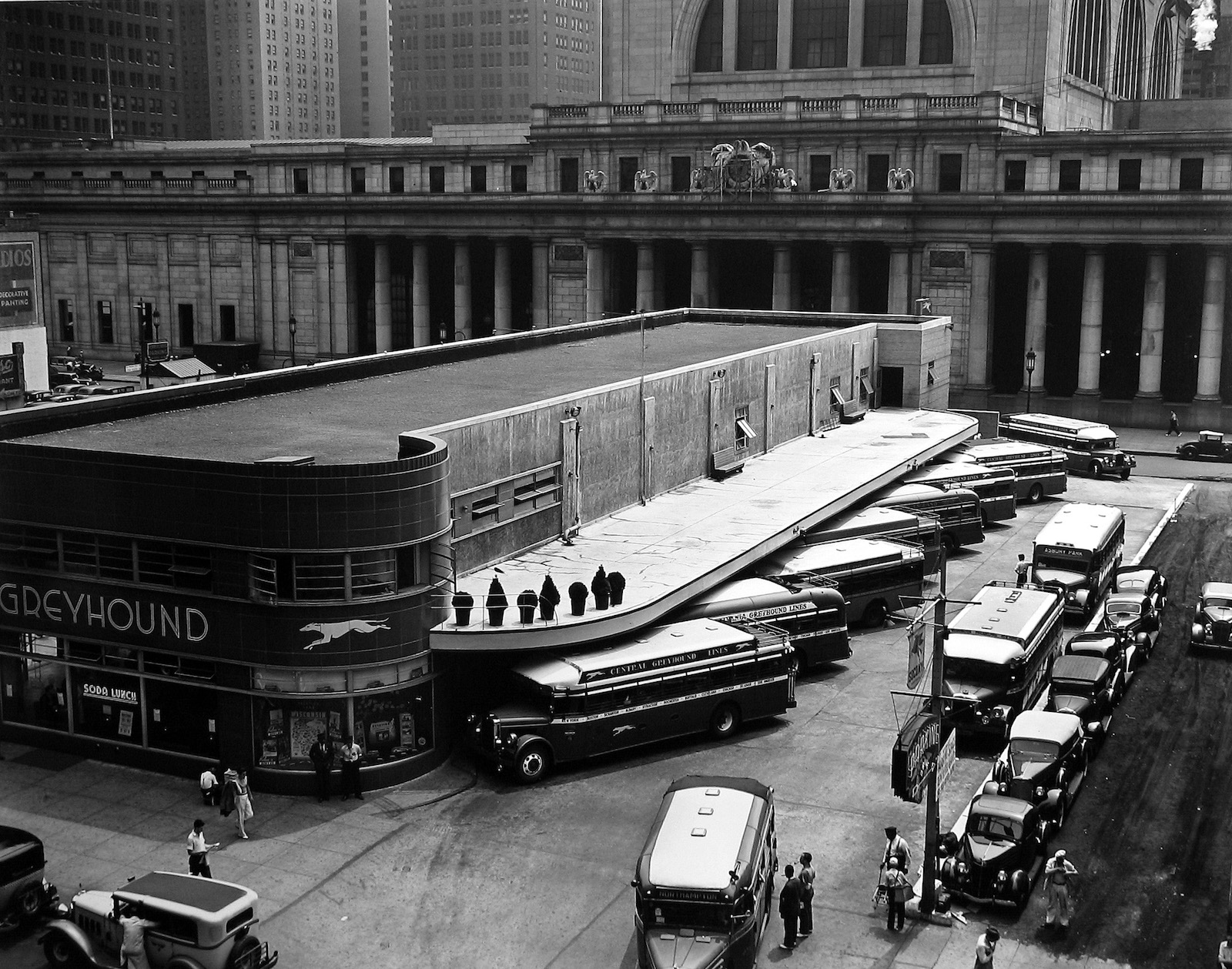
Image: 15 1/2 x 19 1/2 inches
Print: 30 x 24 inches
Signed in pencil on mount recto, stamped "Abbot, Maine" on mount verso
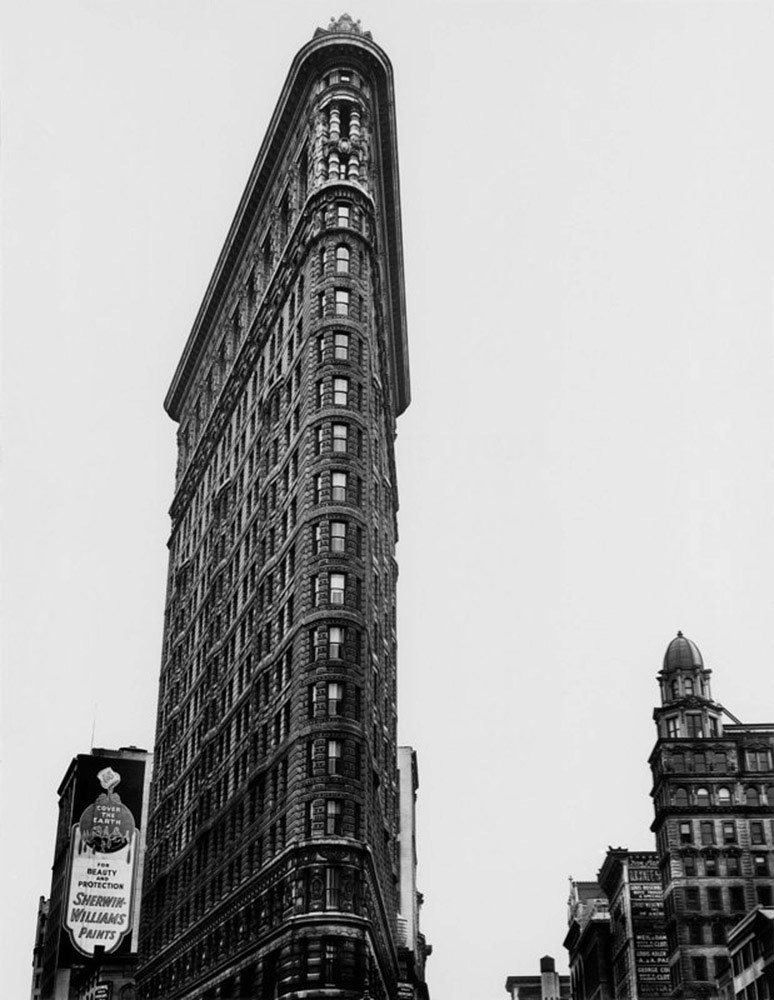
Image : 13.39 x 10.24 in ( 34,4 x 26,7 cm )
Print: 16 x 20 inches
Signed on pencil on recto and stamped Abbot, Maine on verso

Image: 13 1/2 x 10 1/8 inches
Print: 16 x 20 inches
Signed in pencil on mount recto, stamped Abbot, Maine on mount verso
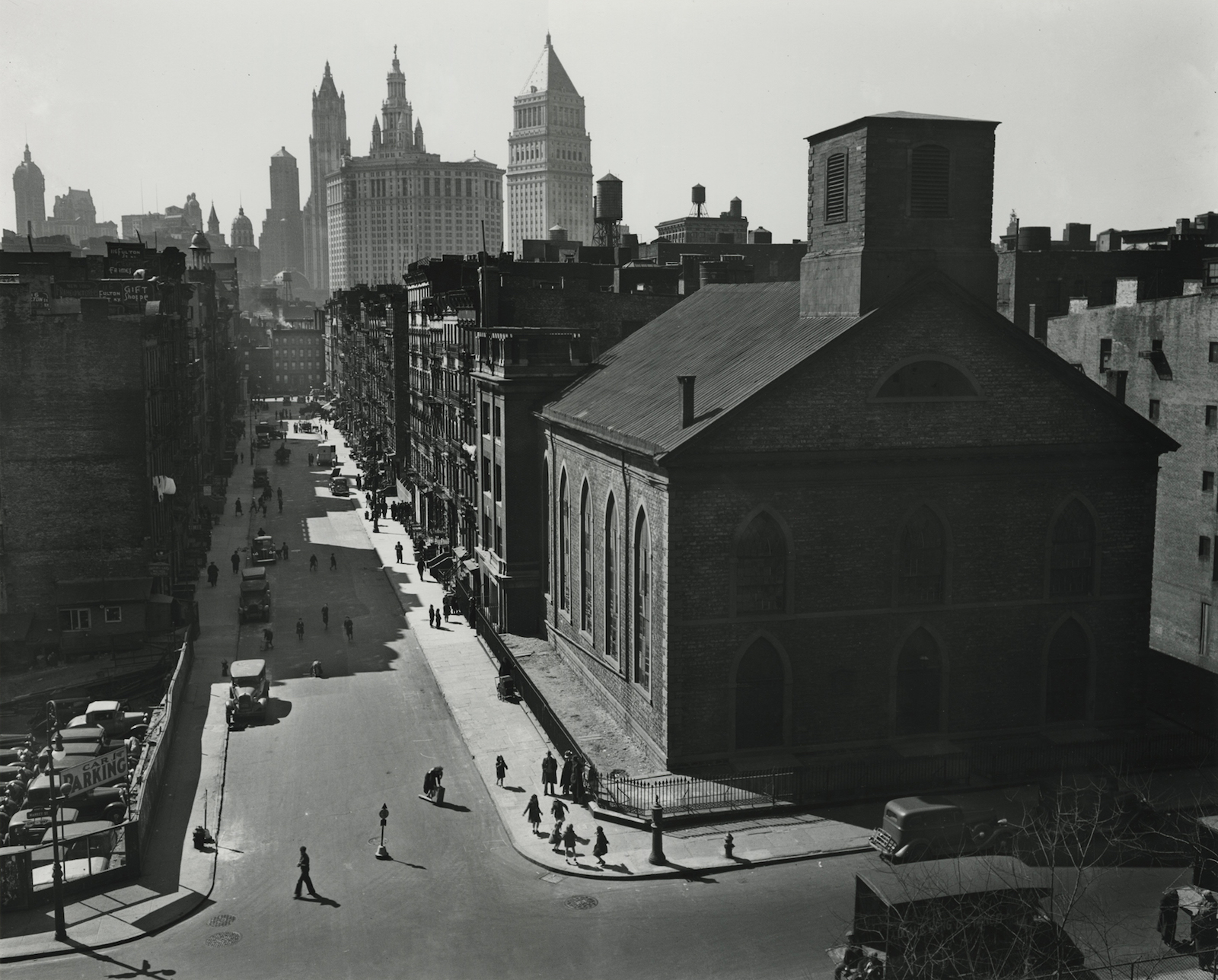
Image: 15 1/2 x 19 1/2 inches
Print: 30 x 24 inches
Signed in pencil on mount recto, Commerce Graphics stamp on mount verso
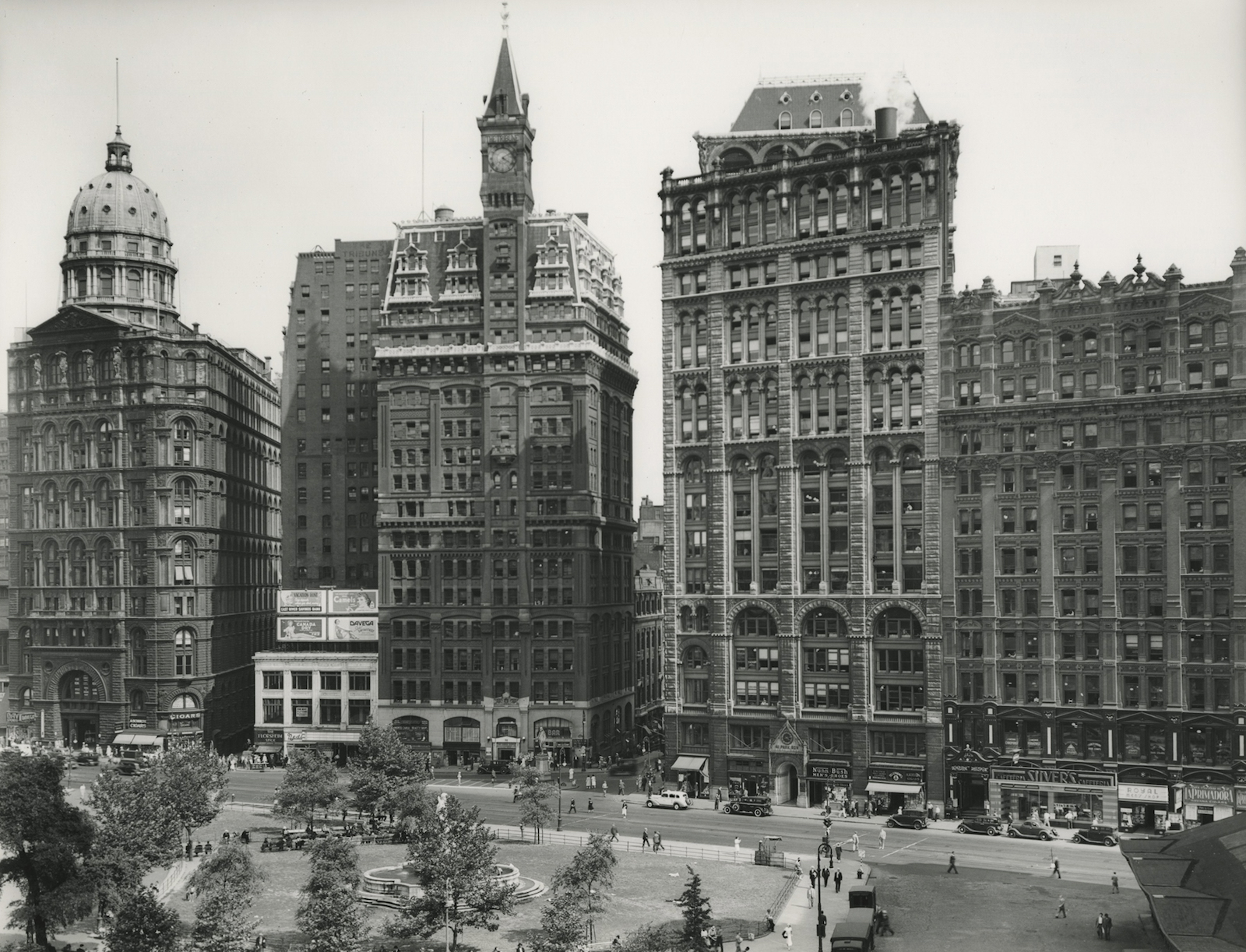
Image: 13 3/8 x 10 3/8 inches
Print: 16 x 20 inches
Signed in pencil on mount recto, stamped Abbot, Maine on mount verso

Image: 13 x 10 inches
Print: 16 x 20 inches
Signed on pencil on recto and stamped Abbot, Maine on verso
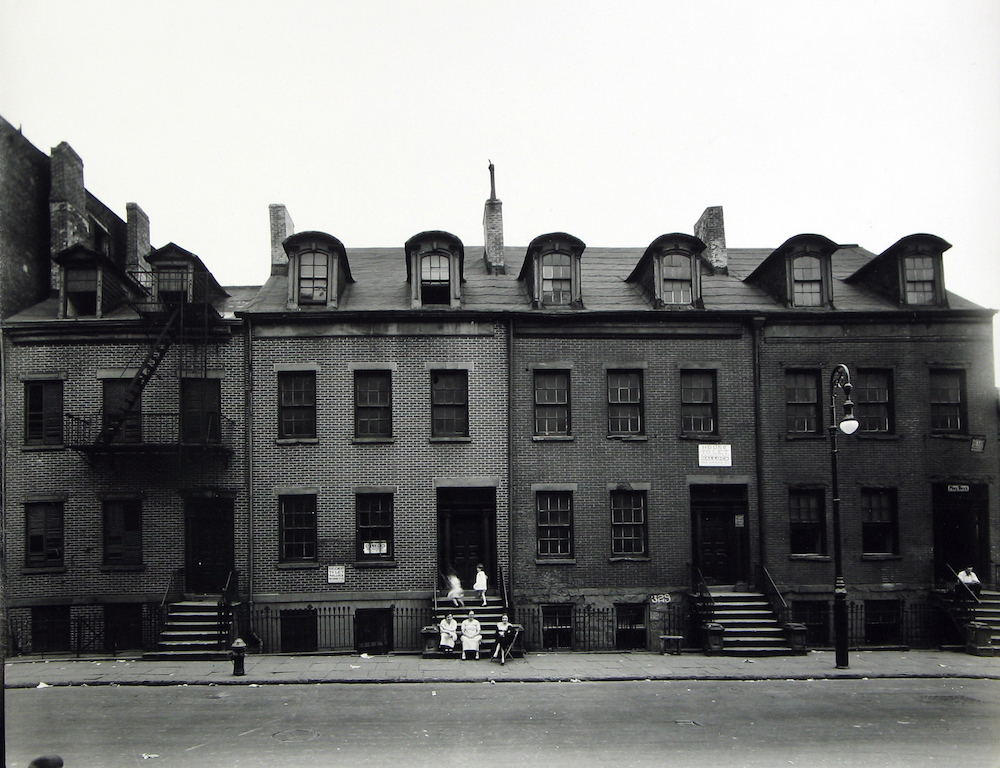
Image: 9 1/4 x 7 1/4 inches
Print: 17 x 14 inches
Signed in pencil on mount recto, stamped Abbot, Maine on mount verso
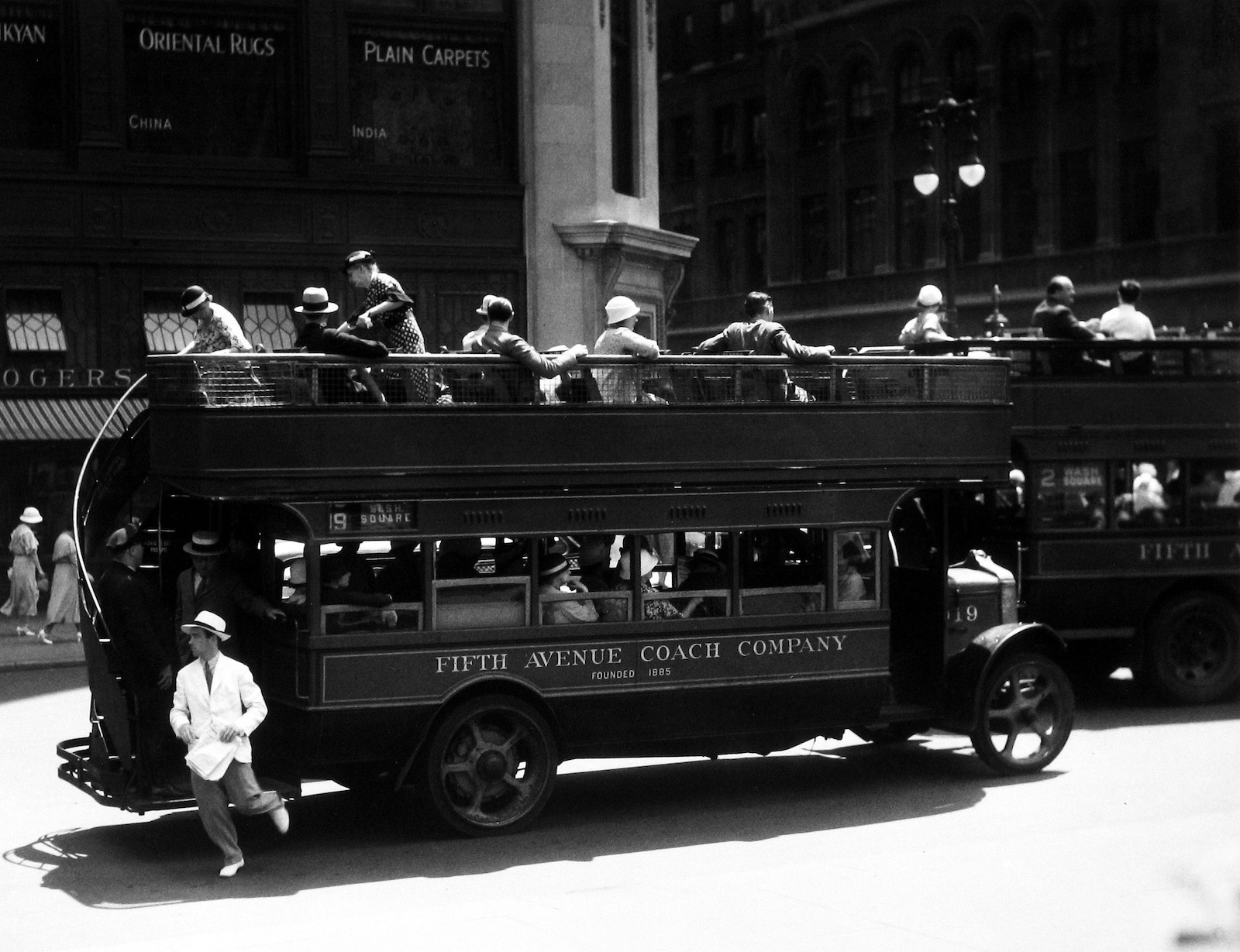
Image: 10 5/8 x 13 1/2 inches
Print: 16 x 20 inches
Signed in pencil on mount recto, stamped Abbot, Maine on mount verso
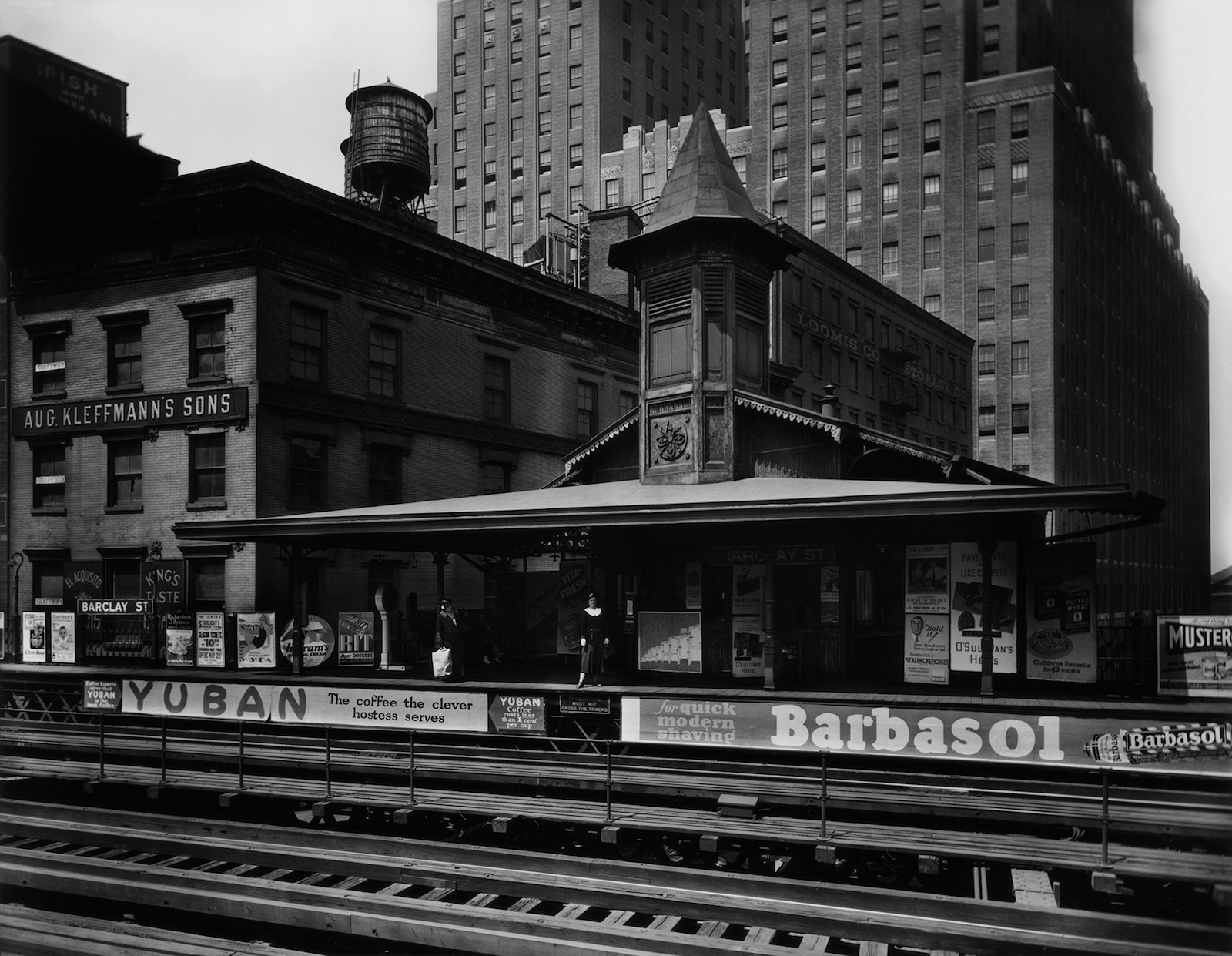
Image: 10 1/2 x 13 1/2 inches
Print: 16 x 20 inches
Signed in pencil on mount recto, stamped Abbot, Maine on mount verso
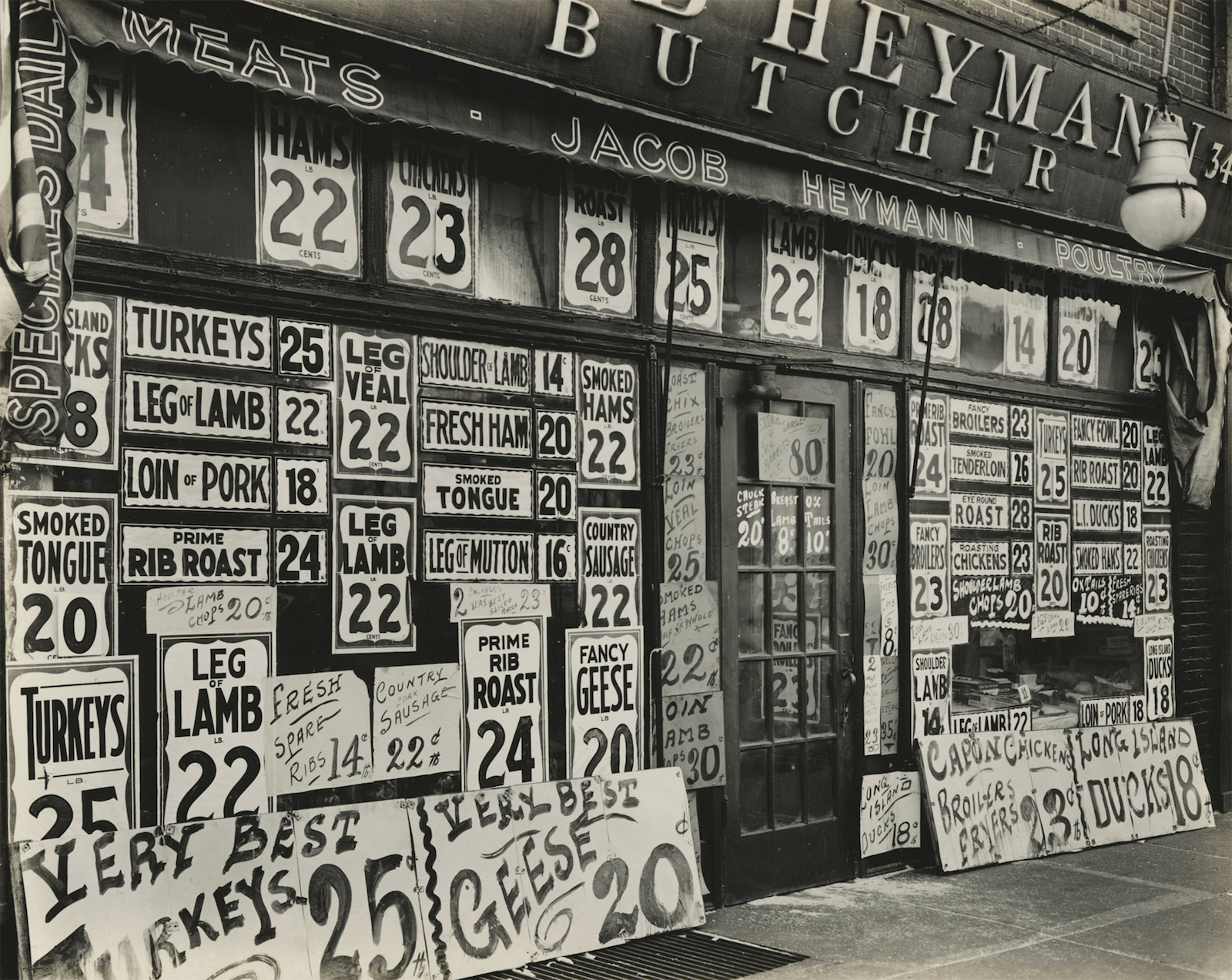
Image: 10 1/2 x 13 1/2 inches
Print: 16 x 20 inches
Signed in pencil on mount recto, stamped Abbot, Maine on mount verso
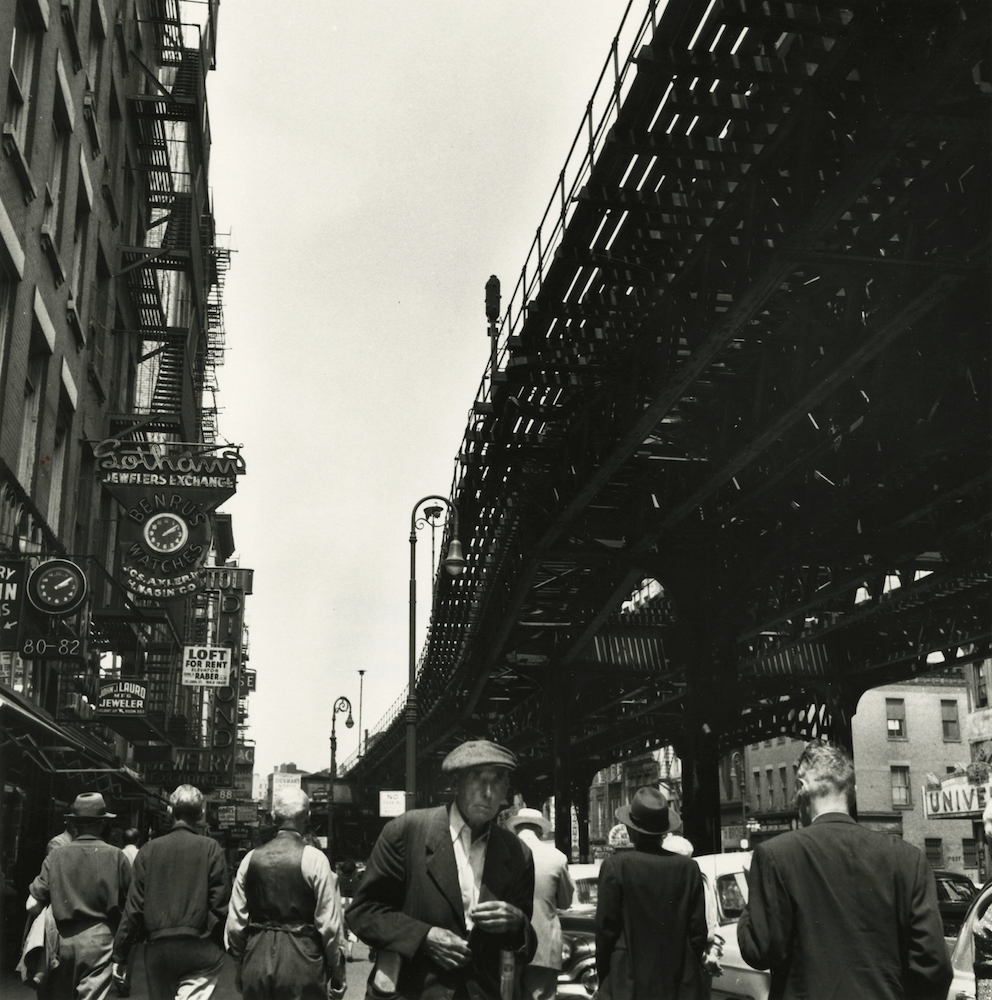
Image: 10 5/8 x 10 1/2 inches
Print: 17 1/2 x 16 inches
Signed in pencil on mount recto, stamped Abbot, Maine on mount verso
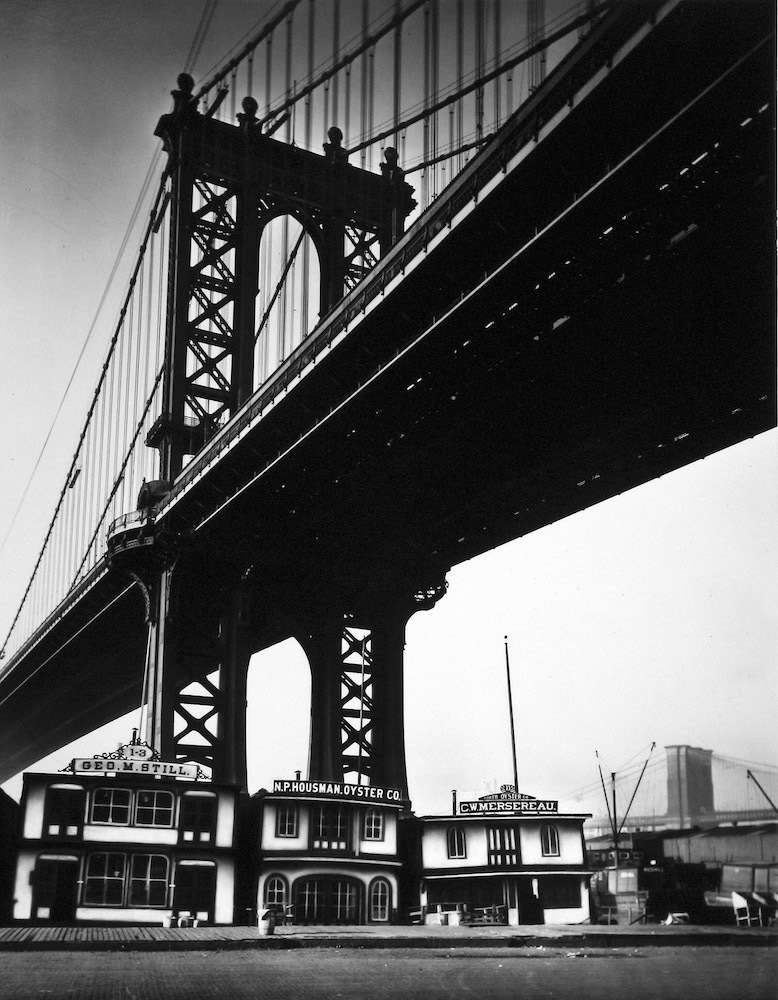
Image: 13 5/8 x 10 5/8 inches
Print: 16 x 20 inches
Signed in pencil on mount recto, stamped "Abbot, Maine" on mount verso
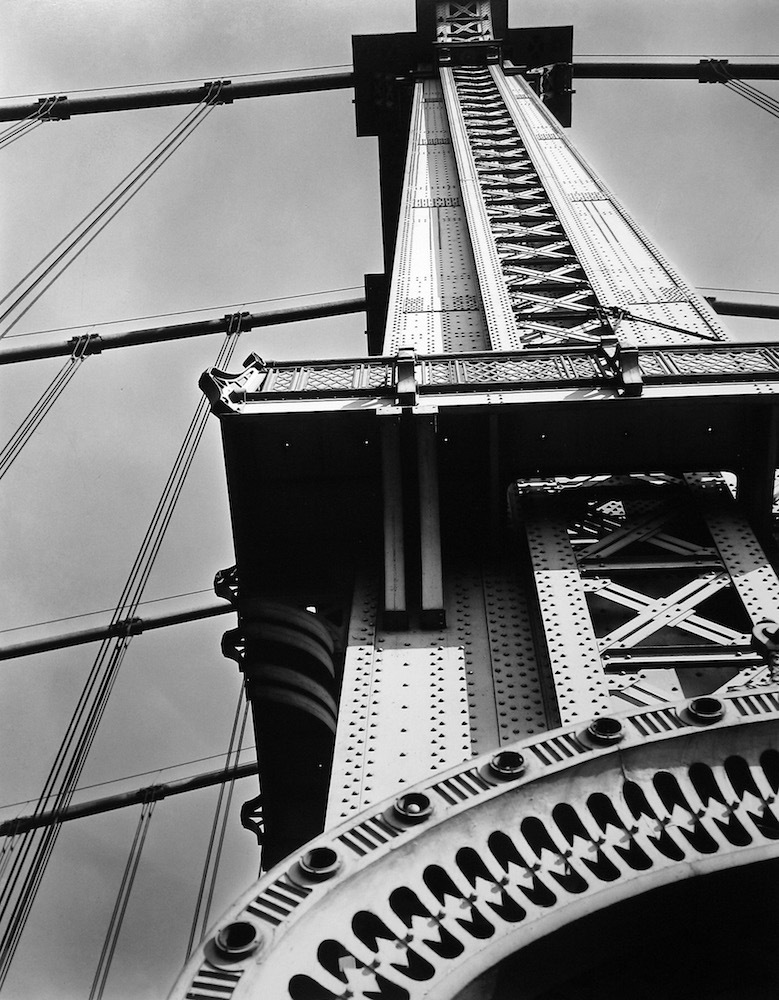
Image: 19 1/8 x 15 inches
Print: 30 x 24 inches
Signed in pencil on mount recto, stamped Abbot, Maine on mount verso

Image: 19 x 14,7 inches
Print: 30 x 24 inches
Signed in pencil on mount recto, stamped Abbot, Maine on mount verso
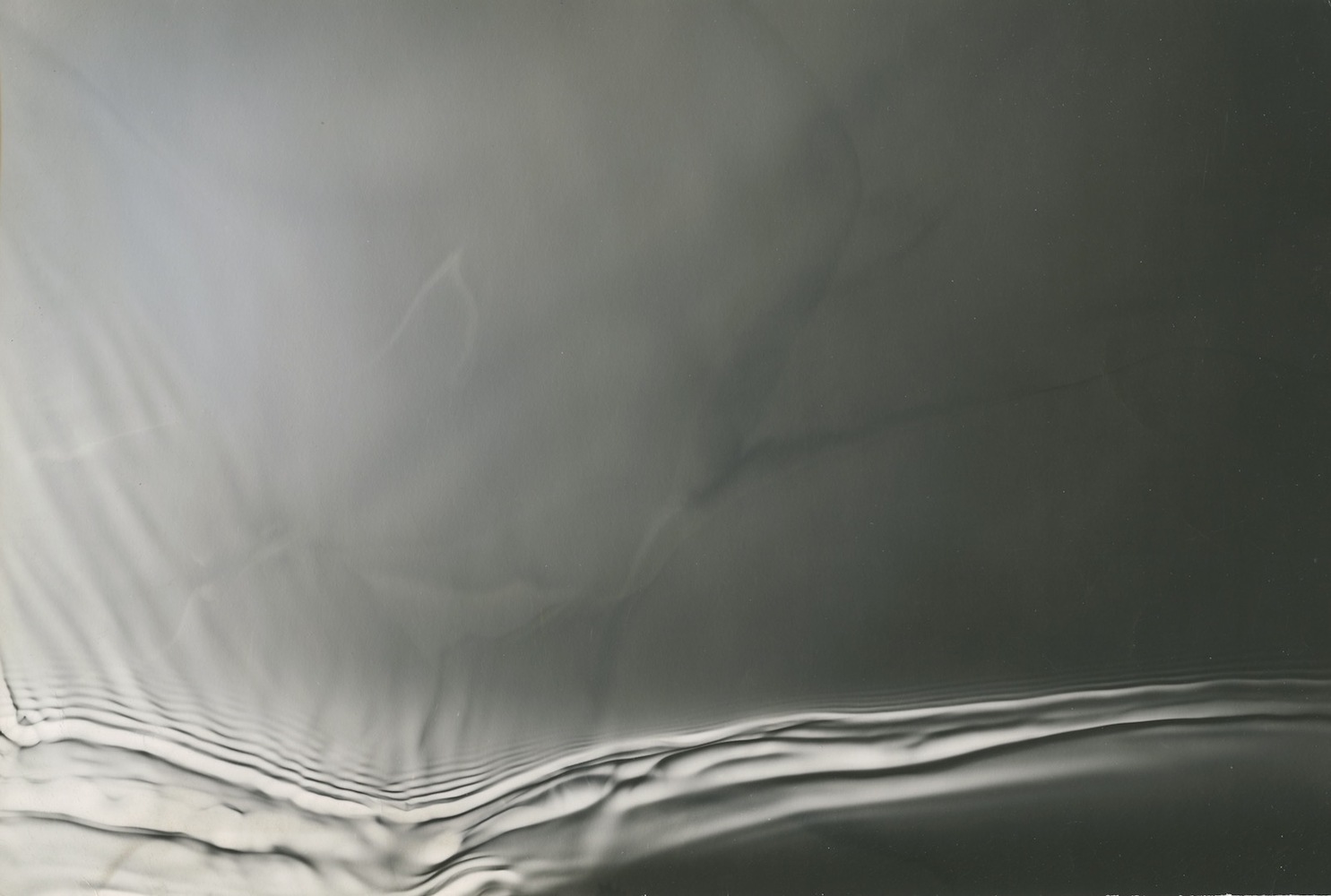
Image: 8 x 12 inches
Signed in pencil, and photographer's 50 Commerce Street address stamp on print verso
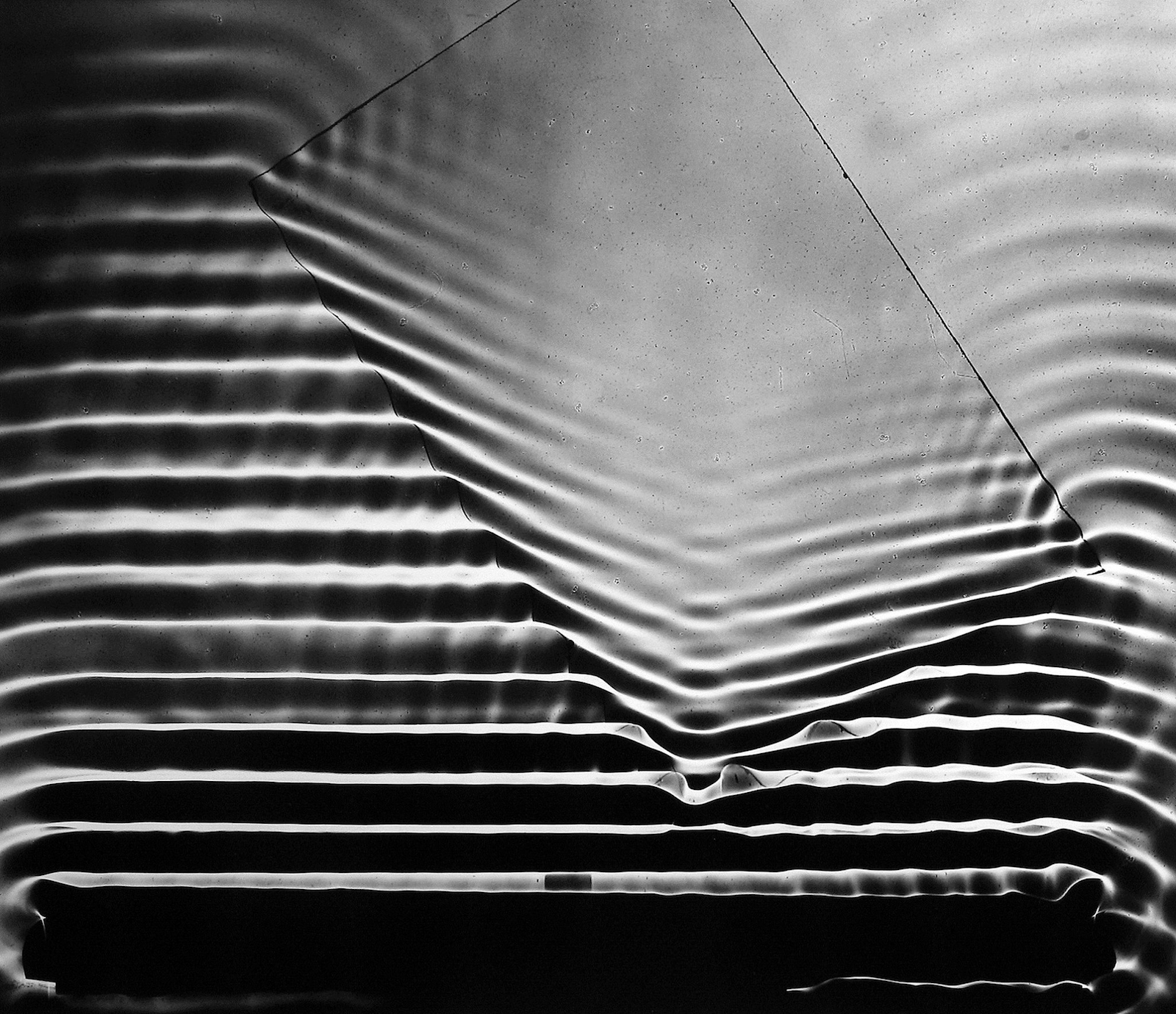
Image: 15 x 17,5 inches
Print: 24 x 30 inches
Signed in pencil on mount recto, stamped Abbot, Maine on mount verso

Image: 6 3/4 x 8 3/8 inches
Signed in pencil with photographer's 50 Commerce St. address stamp and annotations in pencil on mount verso

Image: 7 1/8 x 8 inches
Signed in pencil with photographer's 50 Commerce St. address stamp, credit stamp, negative # stamp with 8-72 annotated in ink, and annotated in pencil on print verso

Image: 9 1/2 x 7 5/8 inches
Signed and annotated M.I.T. in pencil on print verso

Image: 19 3/8 x 15 1/4 inches
Print: 30 x 24 inches
Signed on pencil on recto and stamped Abbot, Maine on verso
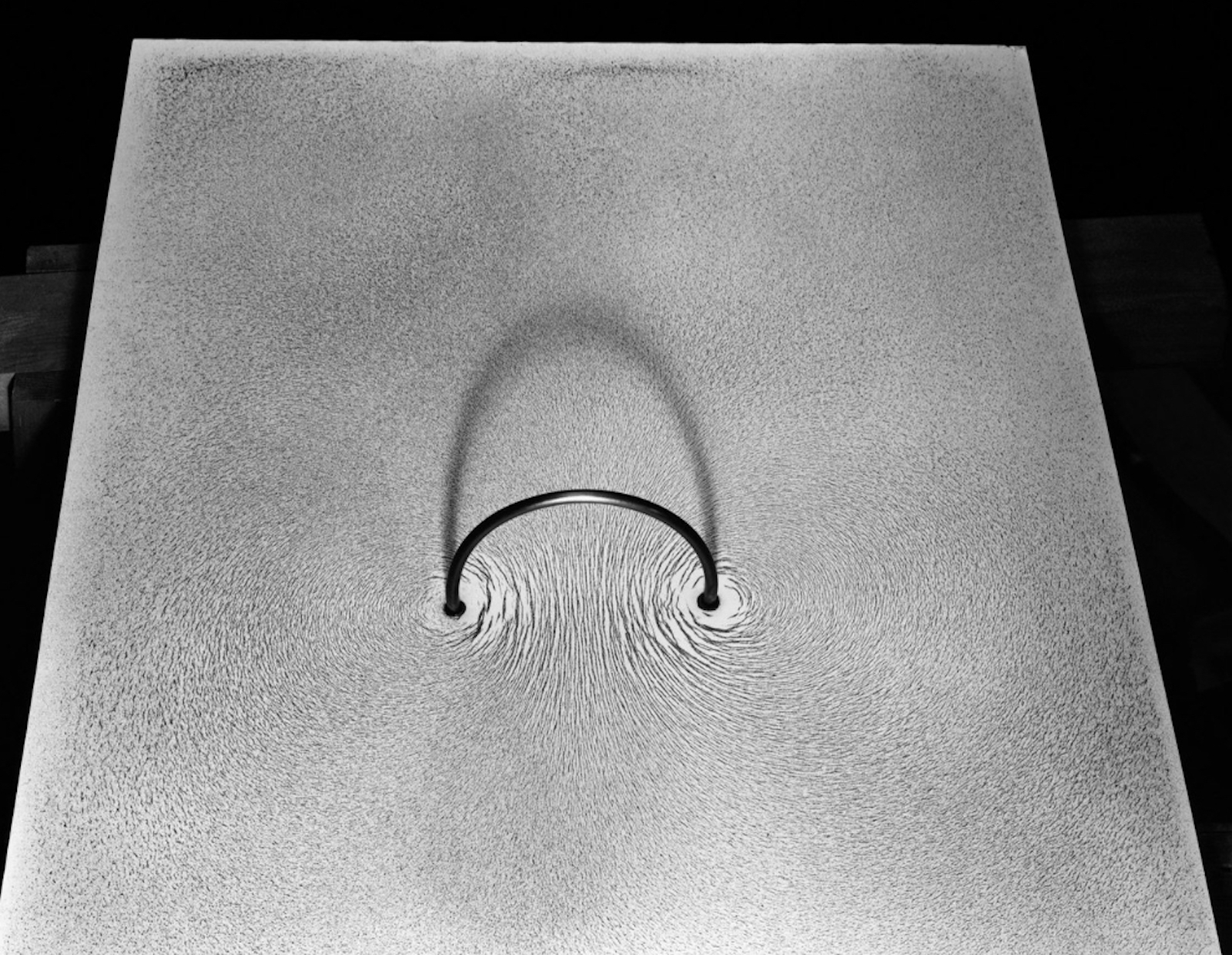
Image: 10 3/8 x 13 1/2 inches
Print: 20 x 16 inches
Signed in pencil on mount recto, stamped Abbot, Maine on mount verso
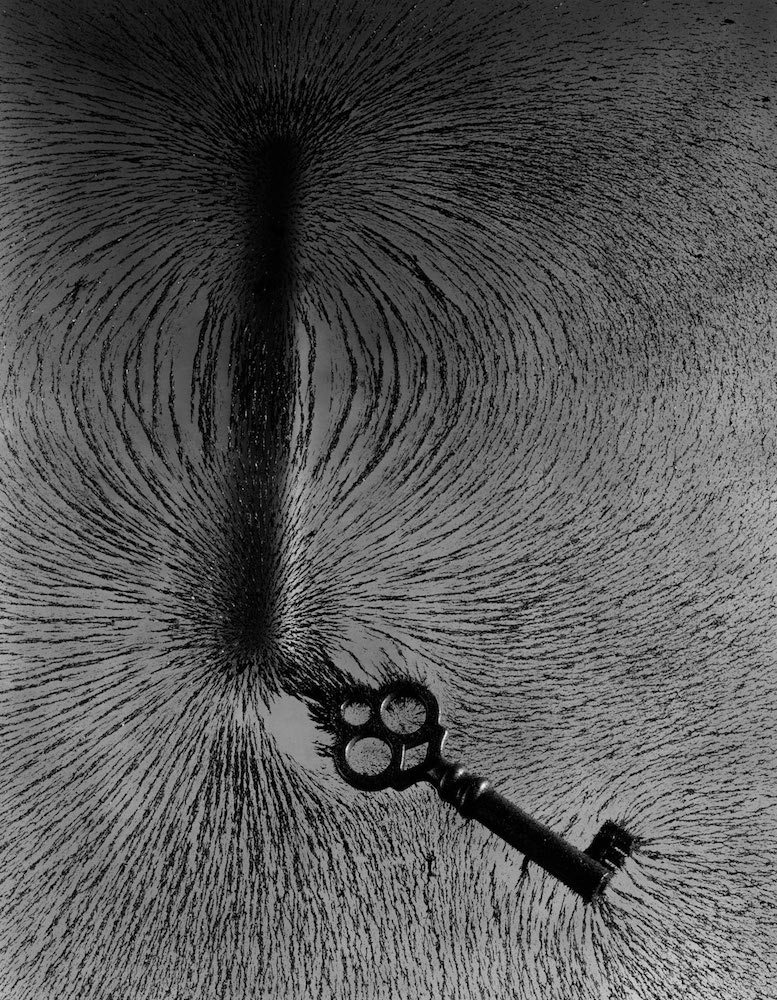
Image: 19 1/2 x 15 1/8 inches
Print: 30 x 24 inches
Signed in pencil on mount recto, stamped Abbot, Maine on mount verso

Image: 4 7/8 x 19 1/2 inches
Print: 24 x 13 inches
Signed in pencil on mount recto, stamped Abbot, Maine on mount verso
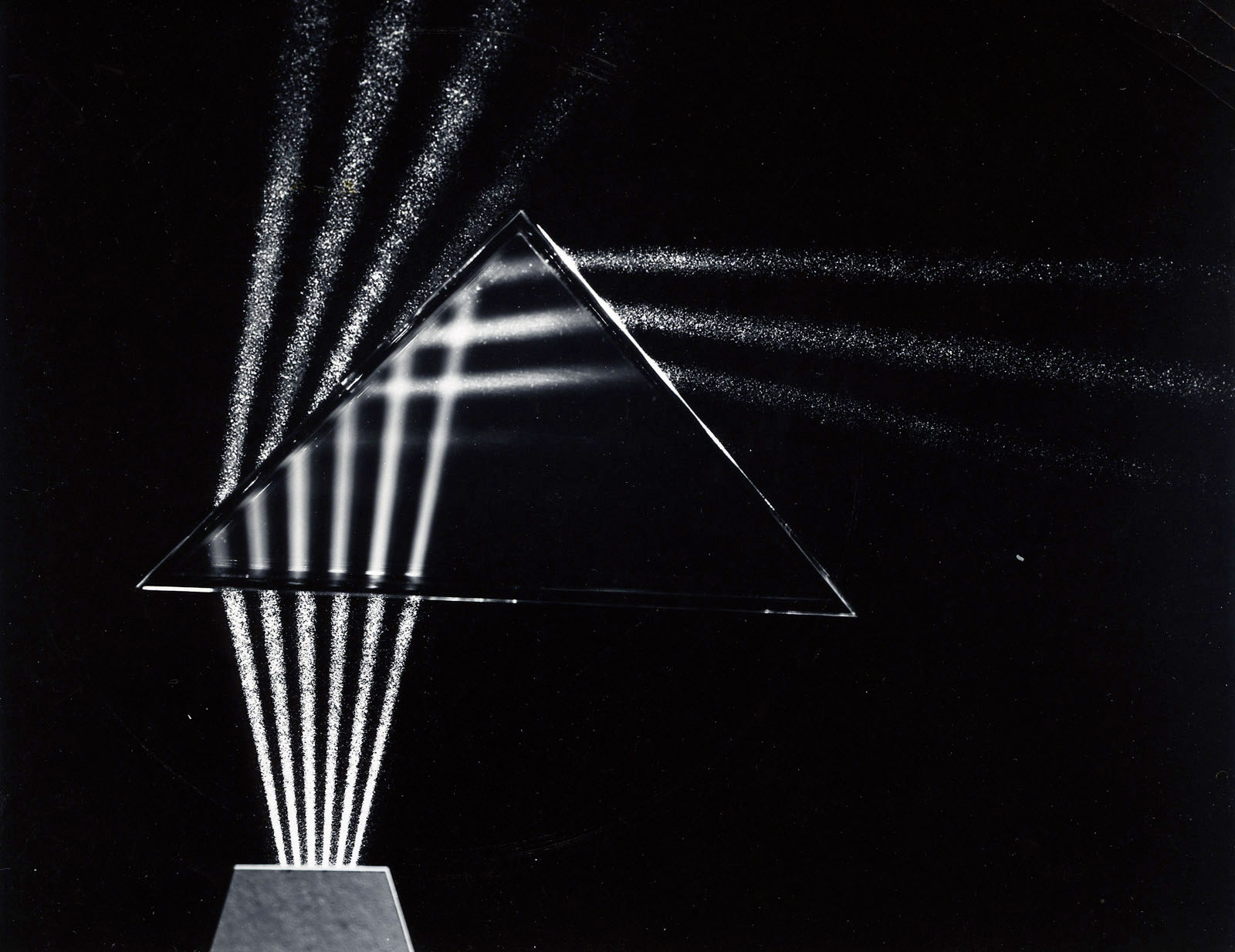
Image: 15 3/8 x 19 1/2 inches
Print: 24 x 30 inches
Signed on pencil on recto and stamped Abbot, Maine on verso

Image: 13 1/4 x 9 3/4 inches
Print: 16 x 20 inches
Signed in pencil on mount recto, stamped Abbot, Maine on mount verso
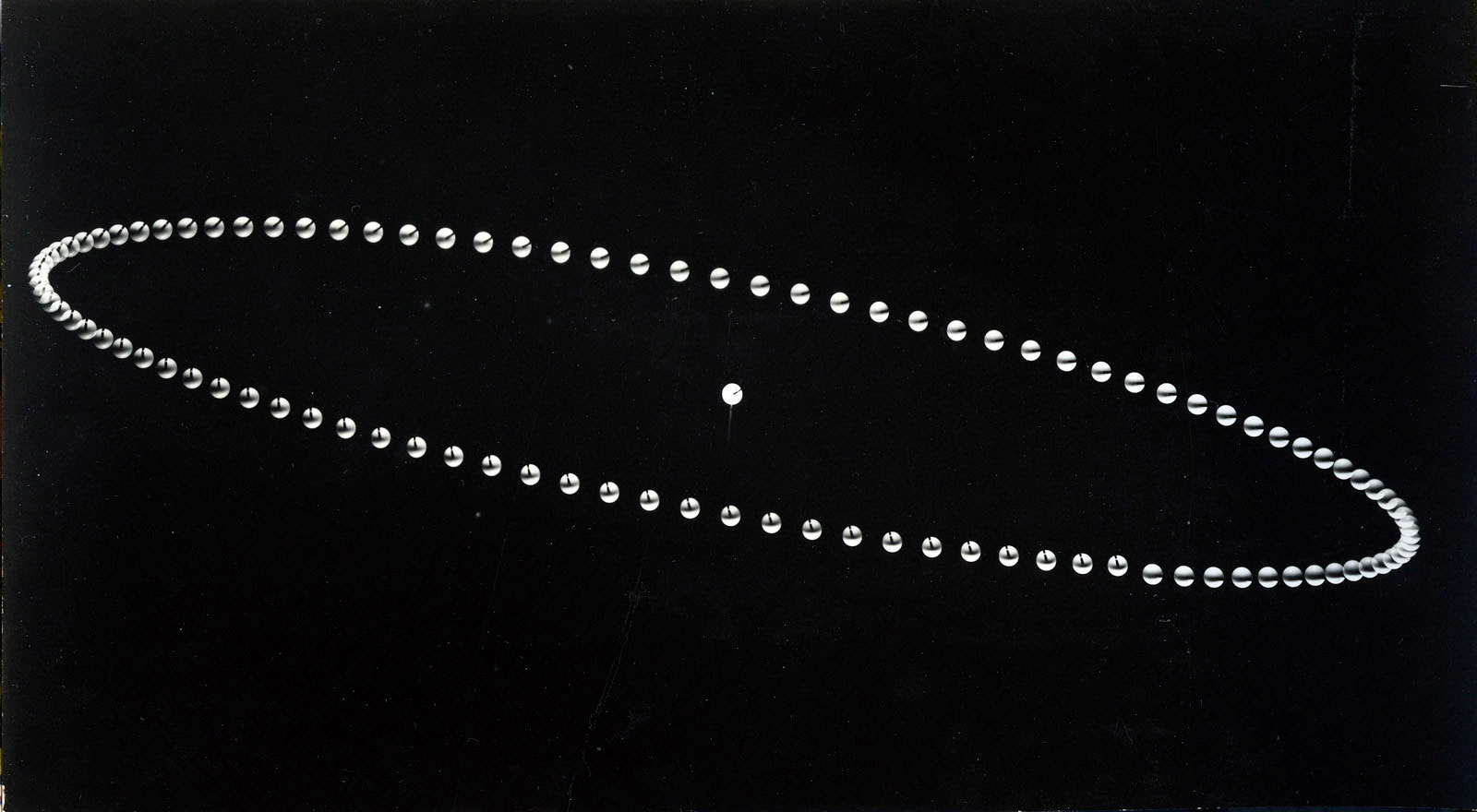
Image: 9 1/8 x 13 5/8 inches
Print: 16 x 20 inches
Signed on pencil on recto and stamped Abbot, Maine on verso
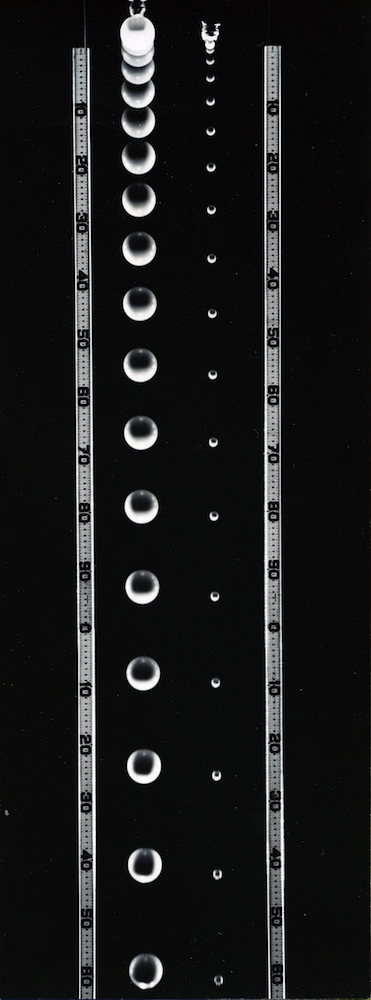
Image: 23 x 8 7/8 inches
Print: 35 7/8 x 20 1/8 inches
Signed in pencil on mount recto, stamped Abbot, Maine on mount verso
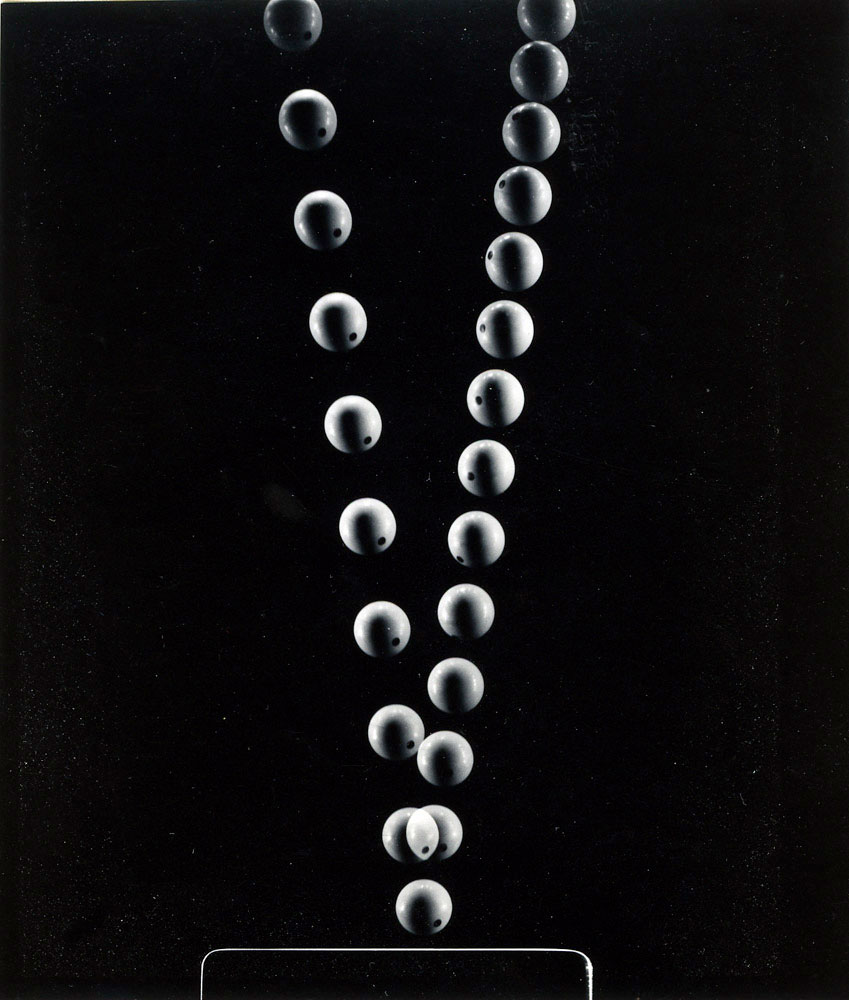
Image: 13 x 9 inches
Print: 16 x 20 inches
Signed on pencil on recto and stamped Abbot, Maine on verso

Image: 19 1/4 x 4 3/8 inches
Print: 20 1/8 x 8 inches
Signed in pencil on mount recto, stamped Abbot, Maine on mount verso
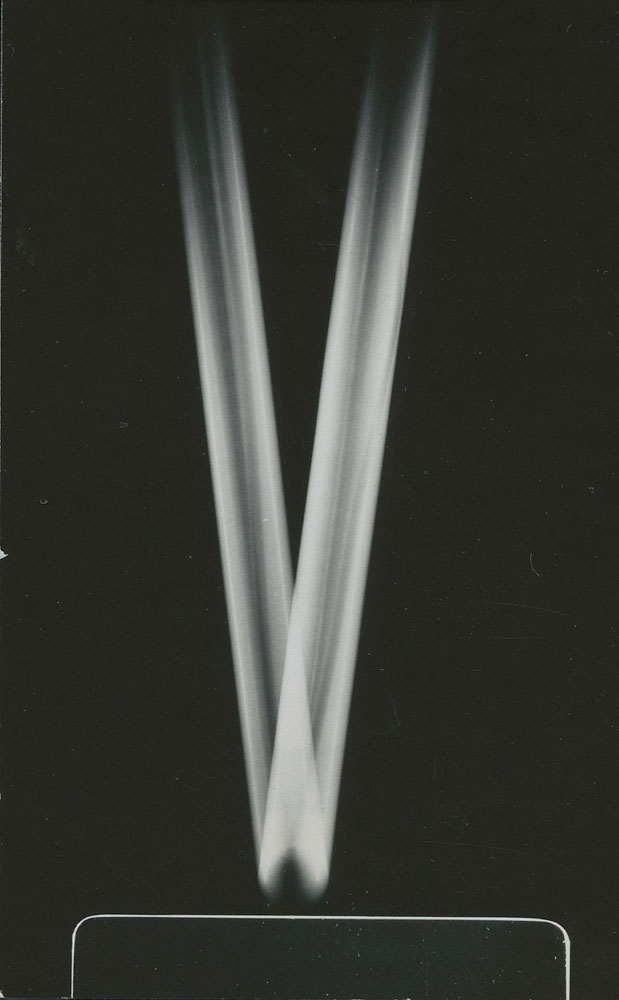
Image: 13 1/4 x 9 1/2 inches
Print: 16 x 20 inches
Signed on pencil on recto and stamped Abbot, Maine on verso
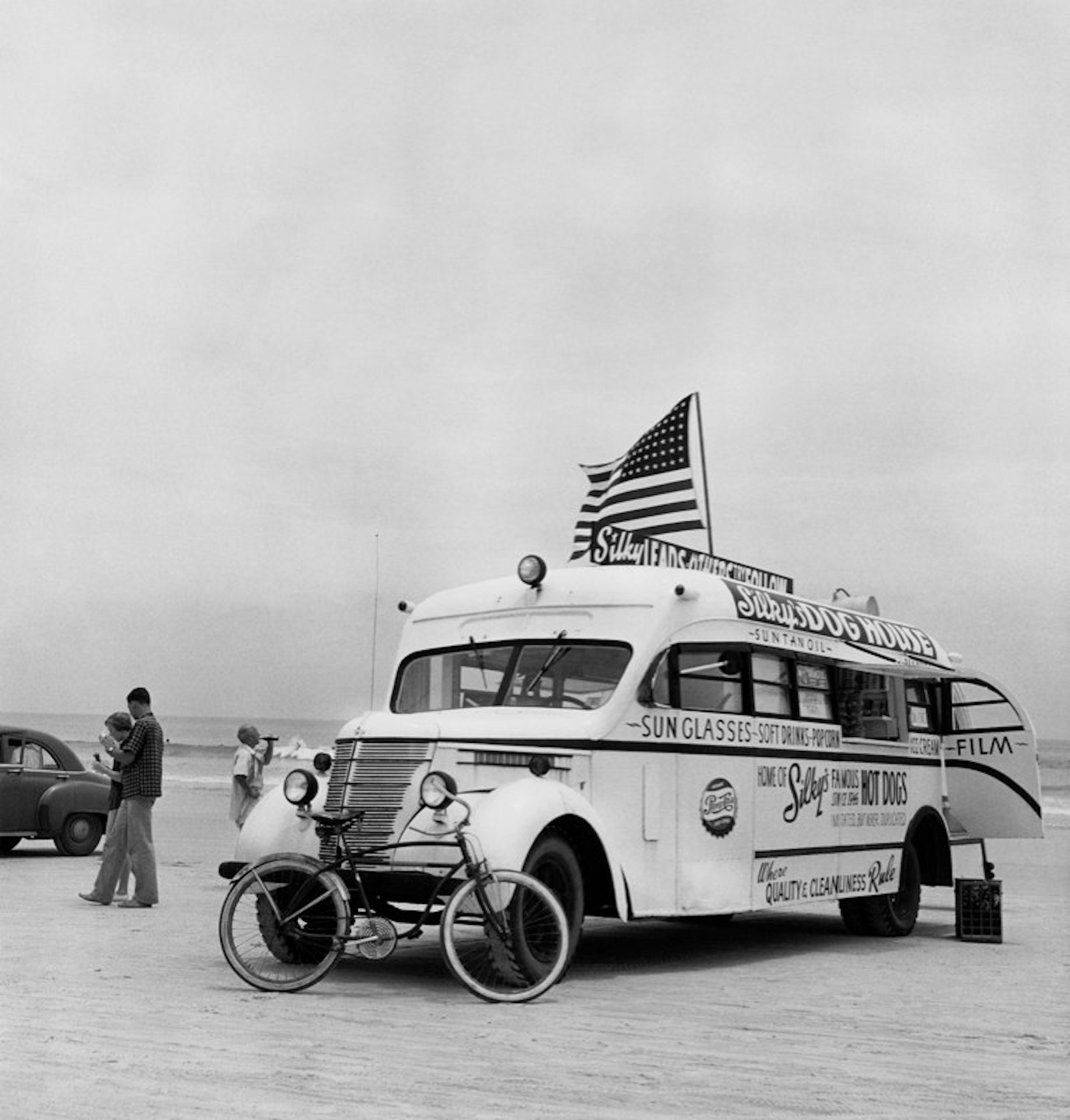
Image: 16 1/8 x 15 1/4 inches
Print: 24 x 30 inches
Signed in pencil on mount recto, stamped Abbot, Maine on mount vero
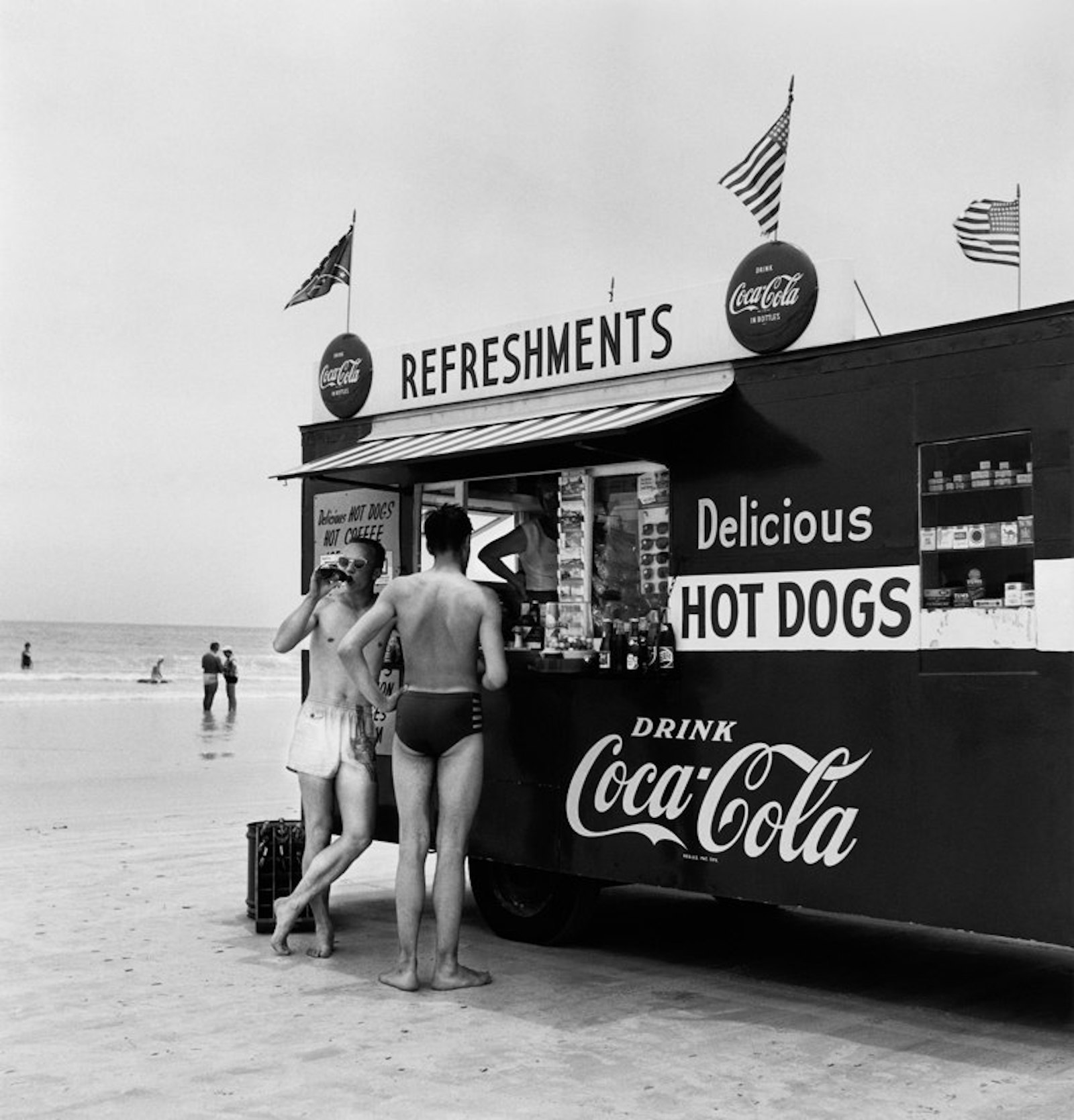
Image: 16 1/4 x 15 1/2 inches
Print: 24 x 30 inches
Signed in pencil on mount recto, stamped Abbot, Maine on mount vero
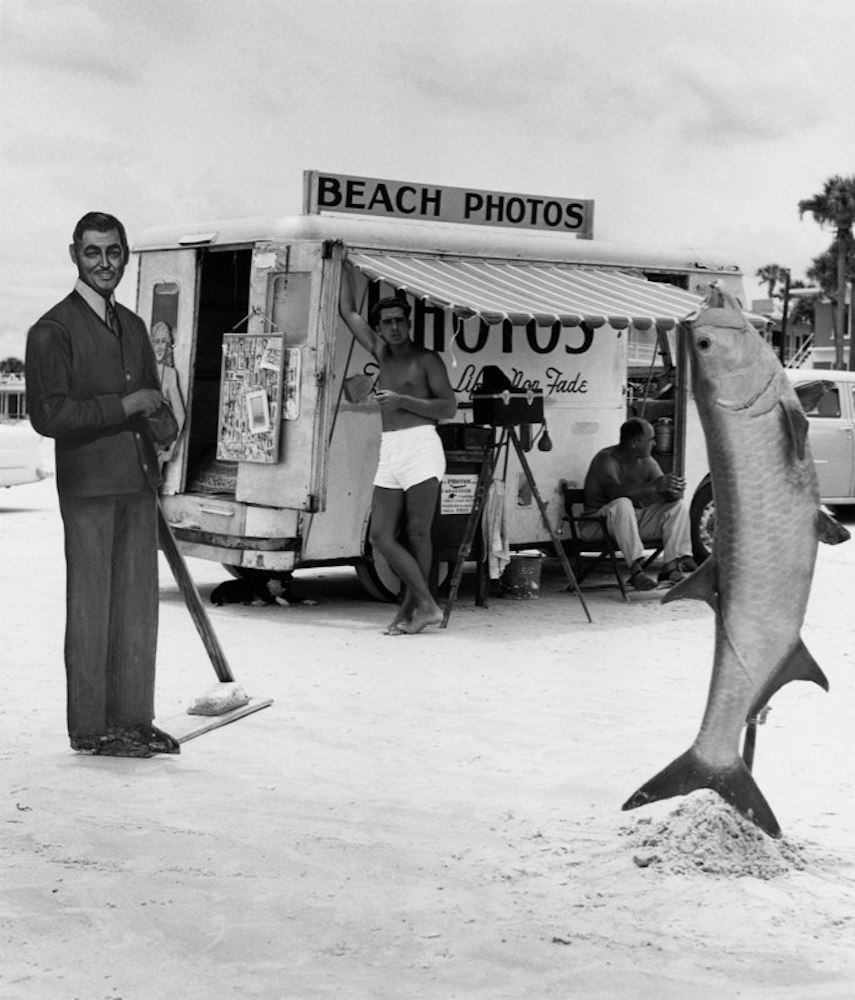
Image: 12 x 10 1/4 inches
Print: 18 3/4 x 16 inches
Signed in pencil on mount recto, stamped Abbot, Maine on mount vero
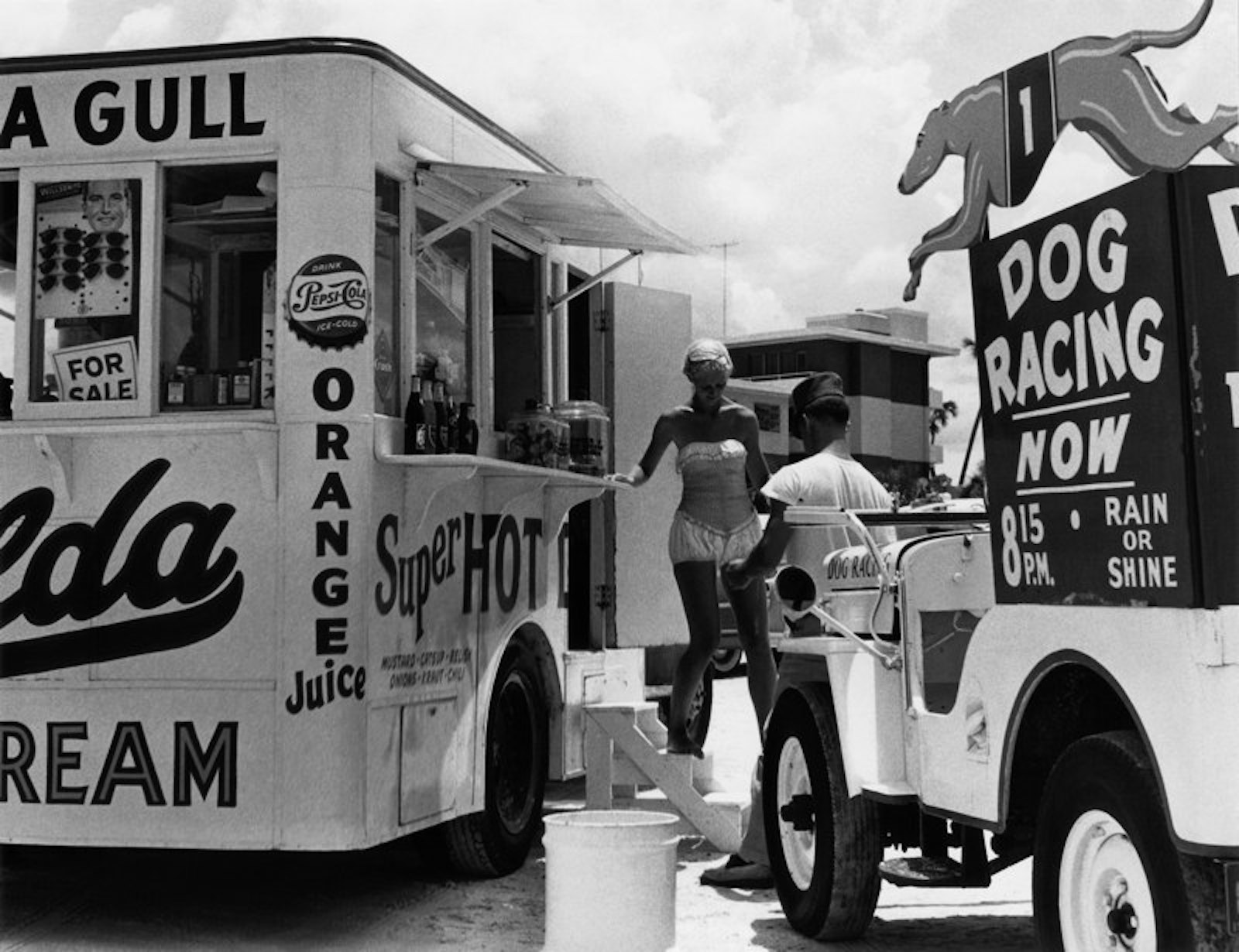
Image: 10 1/2 x 11 inches
Print: 24 x 30 inches
Signed in pencil on mount recto, stamped Abbot, Maine on mount vero
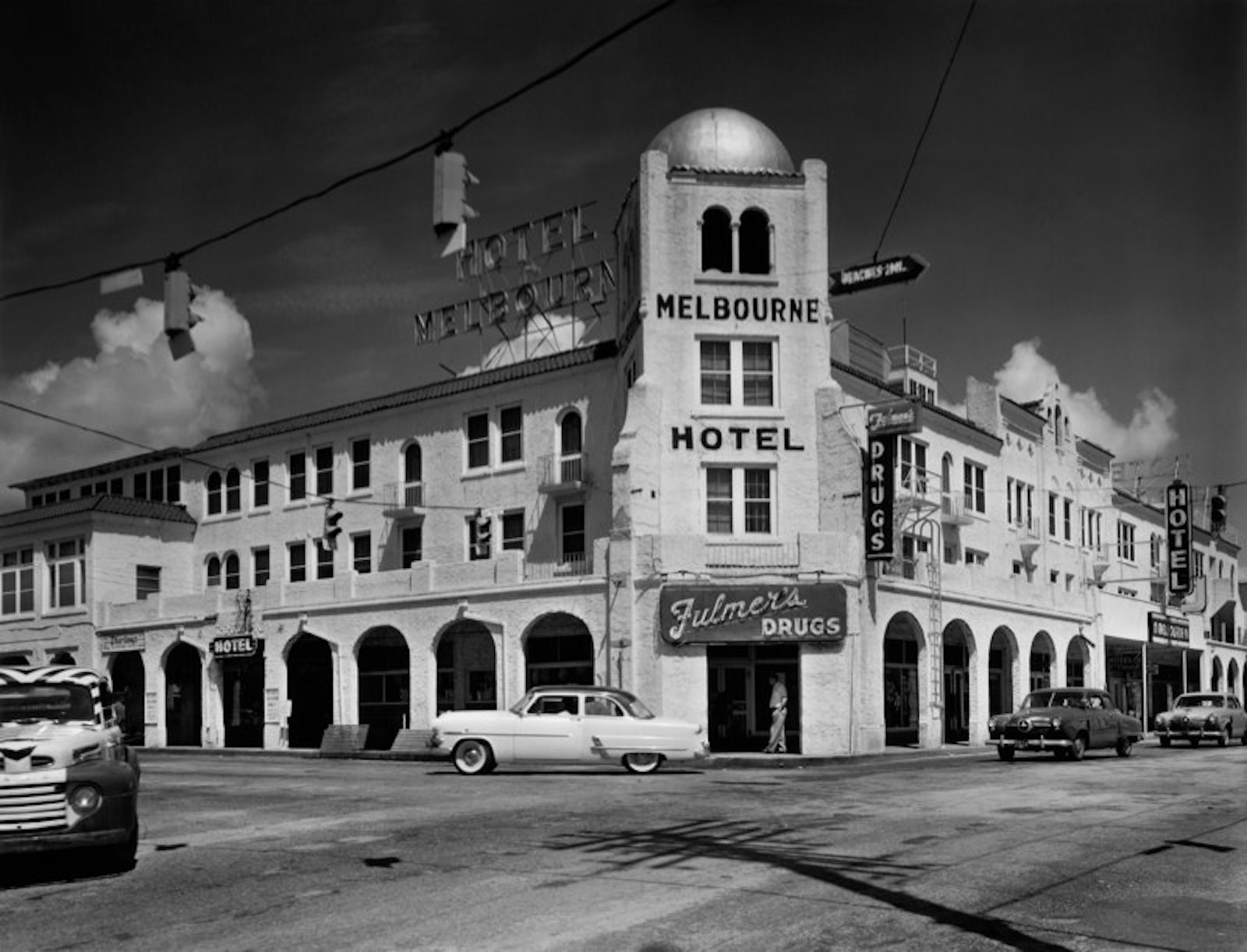
Image: 14 3/4 x 19 1/4 inches
Print: 30 x 24 inches
Signed in pencil on mount recto, stamped Abbot, Maine on mount vero
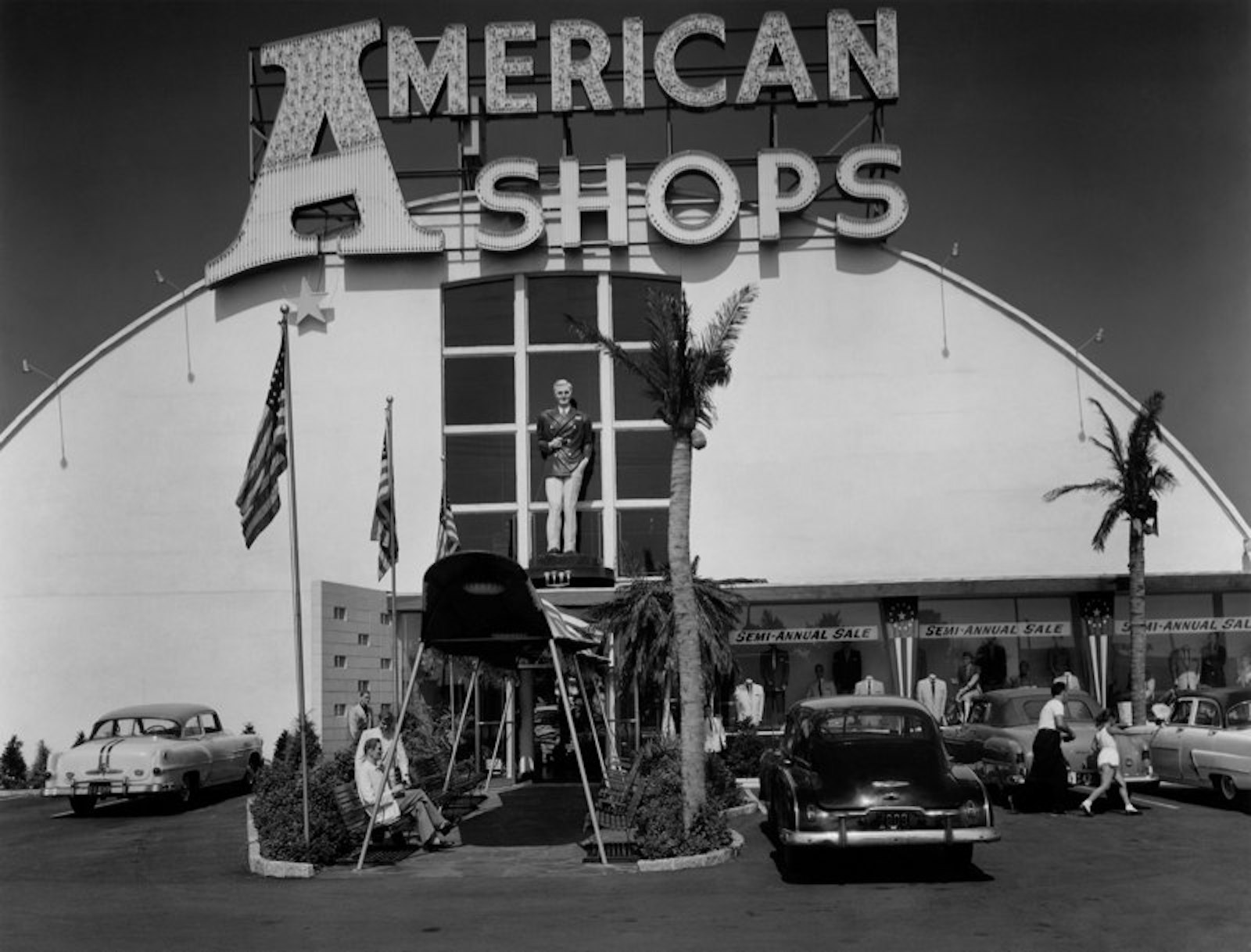
Image: 14 1/2 x 18 3/8 inches
Print: 24 x 30 inches
Signed in pencil on mount recto, stamped Abbot, Maine on mount vero
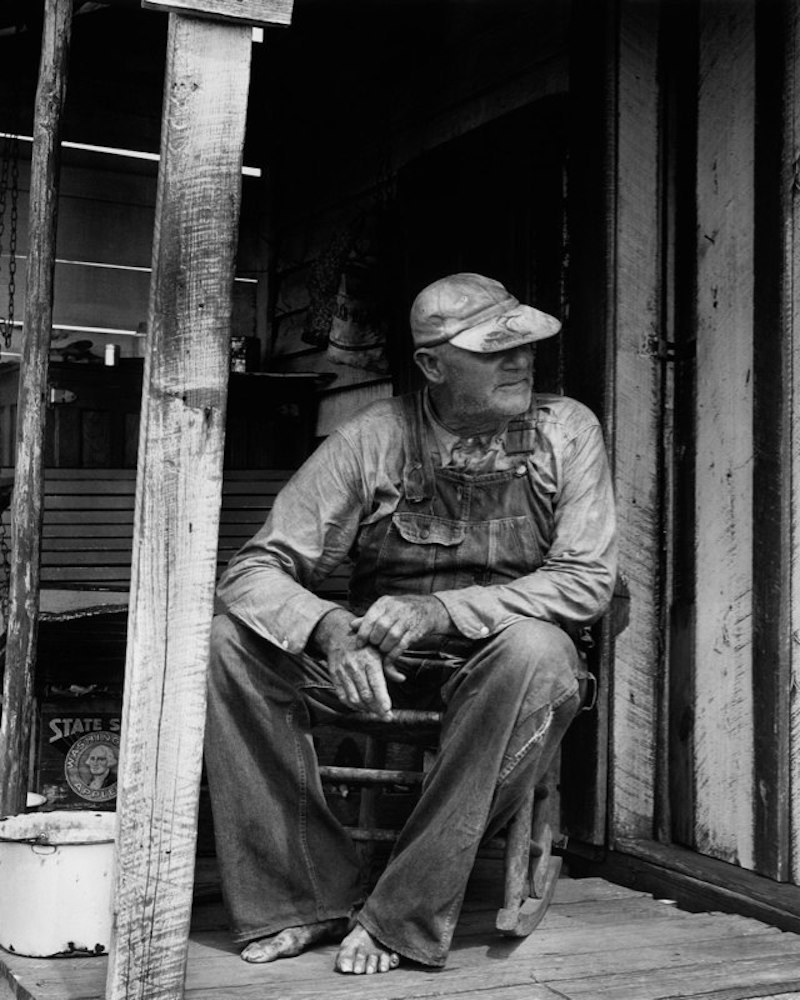
Image: 19 1/2 x 15 1/2 inches
Print: 24 x 30 inches
Signed in pencil on mount recto, stamped Abbot, Maine on mount vero
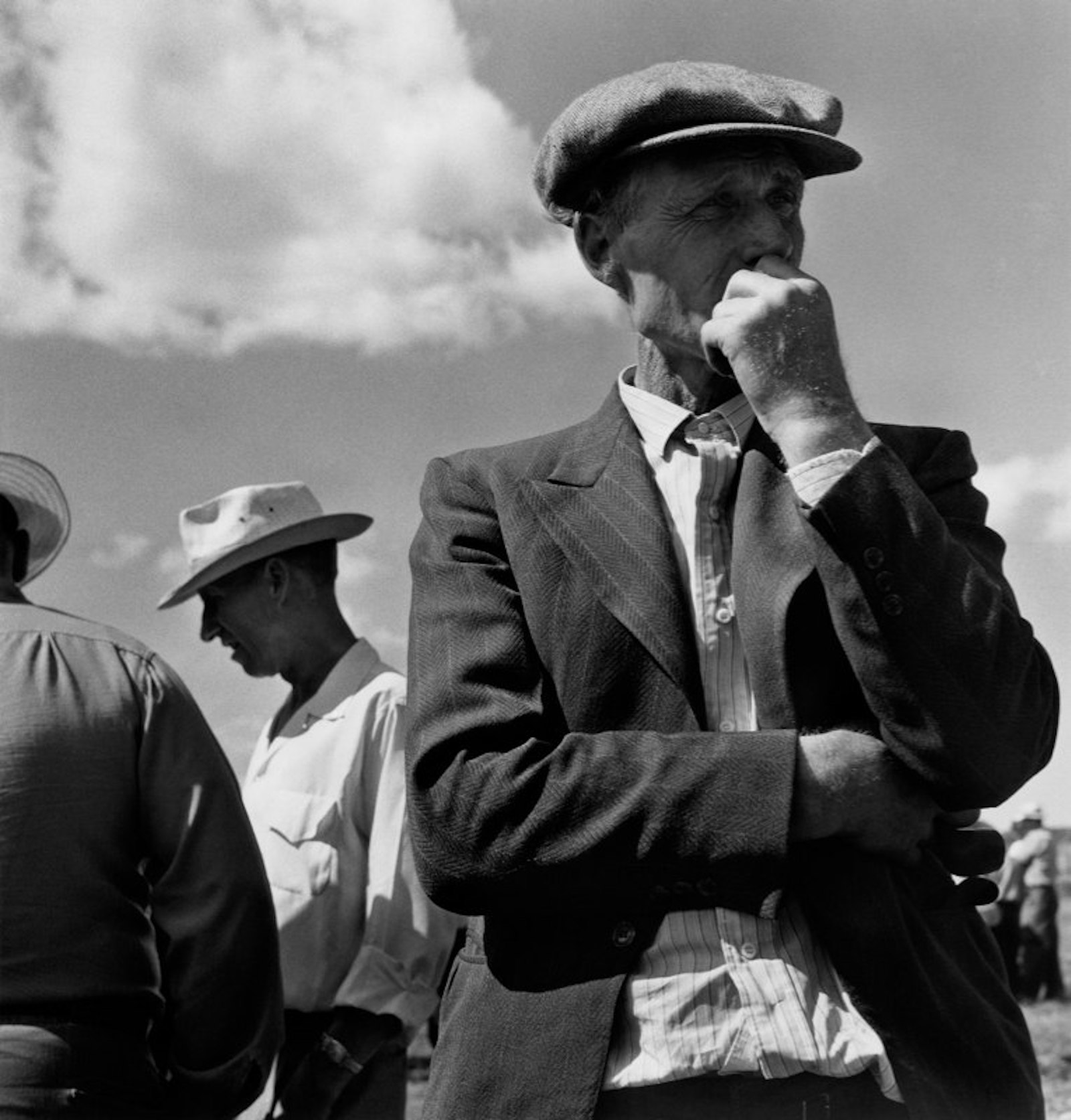
Image: 16 x 15 1/4 inches
Print: 24 x 30 inches
Signed in pencil on mount recto, stamped Abbot, Maine on mount vero
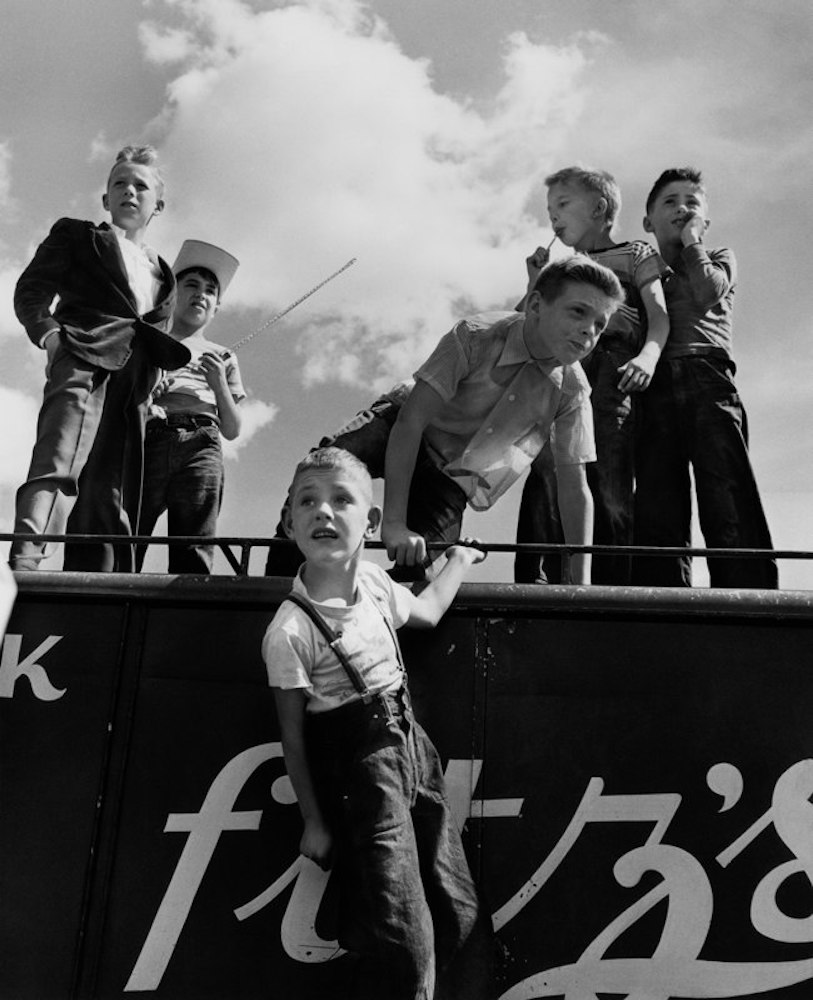
Image: 18 5/8 x 15 inches
Print: 24 x 30 inches
Signed in pencil on mount recto, stamped Abbot, Maine on mount vero
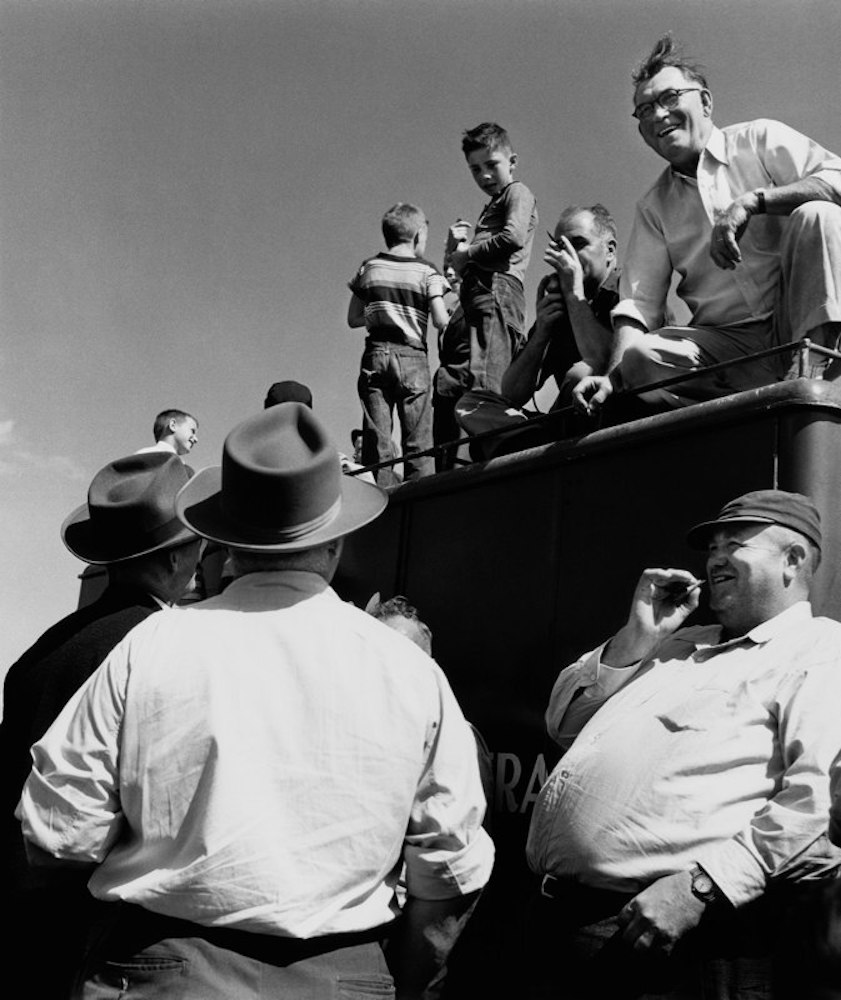
Image: 18 x 15 1/4 inches
Print: 30 x 24 inches
Signed in pencil on mount recto, stamped Abbot, Maine on mount vero
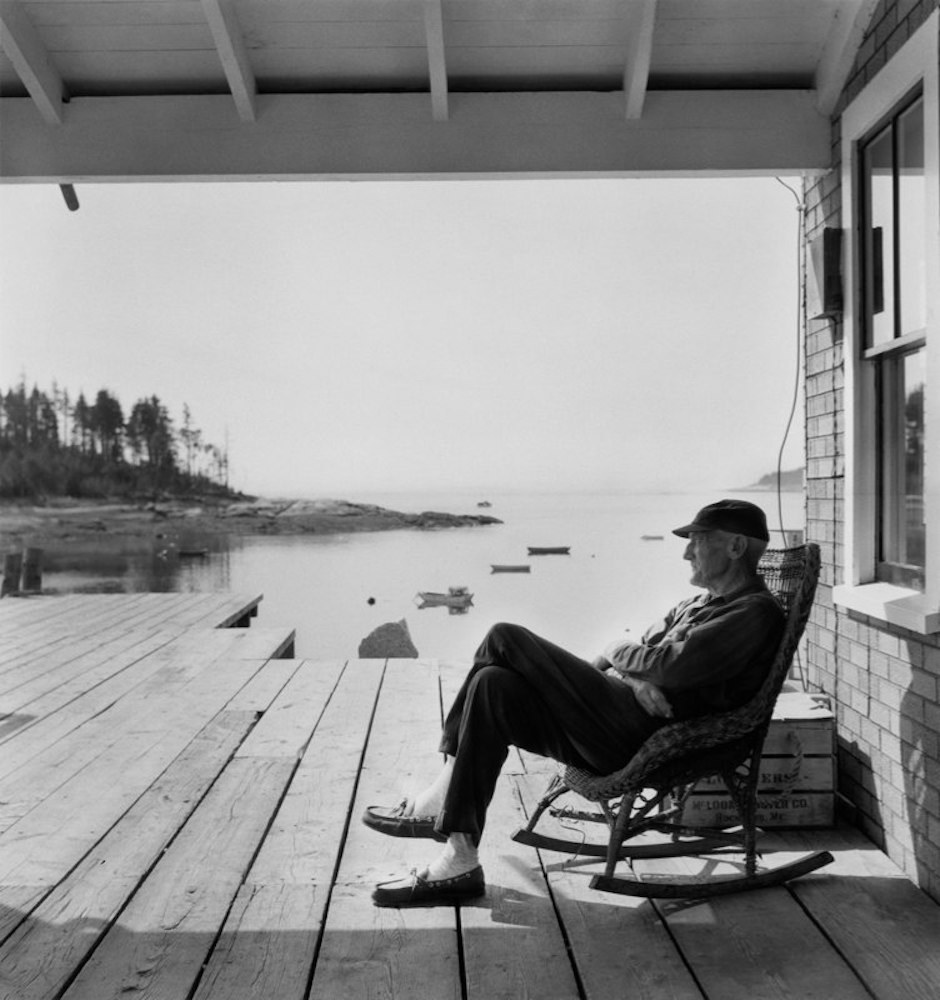
Image: 16 1/2 x 15 3/8 inches
Print: 24 x 30 inches
Signed in pencil on mount recto, stamped Abbot, Maine on mount vero
Press
Texts
Berenice Abbott: No Frills
Born in 1898 in Springfield Ohio, Berenice Abbott posed nude for her compatriot Man Ray when she was his assistant in Paris. It was Man Ray who taught her the arts of portraiture and of the dark room, and through him she met Eugène Atget, one of her neighbours on the rue Campagne-Première in the 14th arrondissement. "The shock of realism unadorned" she would later say of his prints. At his death, she purchased a number of his works, later selling them to the MoMA in New York in 1968 after having paid homage to them throughout her life, a life that ended in 1991 in Monson, Maine at the age of ninety-three.
If it is impossible to talk about Abbott without mentioning Atget it is because the young American had a particular attachment to the elder Frenchman, a genuine investment. It was as if Atget, who she said was able to see "the real world with wonderment and surprise", had opened her eyes. Honoring his memory also meant choosing one aesthetic ? documentary photography ? rather than the pictorialism in fashion, which she found stunted, limited.
Her style was already effective from the very first portraits she made of the American exiles and the bohemians of the Left Bank. The models are seated, gesturing vividly, with striking profiles. There are no starchy effects, no flights of fantasy, only seriousness.She captures more than the whole of her subjects, she captures their super-ego. That fullness lies at the heart of Changing New York, a vast project that she undertook from 1935 to 1939, when she had left France to return to the United States.
It was a difficult return after the crash of 1929, but New York was in full vertical swing, bursting with enthusiasm. Skyscrapers, bridges, shop fronts, this "fantastic" city fit with her human scale. Her representation of New York is free of nostalgia; for her it was about showing "the past bumping into the present". Her photographs are surprising, sometimes invented, like the great hall of Pennsylvania Station whose utter solemnity she manages to evoke, as if the station were a film set waiting for movie stars rather than ordinary passengers. She found success with Changing New York.
Later on, she travelled up and down the East Coast from Maine to Florida on Route 1, and from 1958 to 1961 she worked for the Massachusetts Institute of Technology, indulging in the scientific passion she had discovered in 1939. Out of context, her hypnotic views reveal invisible experiences, magnetic fields for example, and unknown planets being born, a bullet ricocheting. They form a dialogue between imperceptible matter and a technician enamored of physics.
"The truth is hard to find. It takes a lot of work", Abbot, an avid ping-pong player, confided to the New York Times on February 17, 1983. She had once imagined herself becoming a journalist. Through photography, Berenice Abbott imposed her critical vision, paradoxically rich with a certain austerity. No, there are no frills. She goes toe to toe with reality, without losing her footing.
Brigitte Ollier, 2016
Exhibitions
Paris Photo 2019
Group show
7 - 10 November 2019
Les coups de coeur de l'équipe
Group show
June 20 - July 27 2019
Paris Photo 2017
Group show
9 - 12 November 2017
Portfolios #4
Group show
December 7 2016 - January 14 2017
Paris Photo 2016
Group show
10 - 13 November 2016
Une fantastique passion
Vivian Maier
October 8 - November 26 2016
MAD #2
Group show
September 30 - October 2 2016
Soon Art Fair
Group show
11 - 13 December 2015
Photo London
Group show
21 - 24 May 2015
New York
Group show
March 20 - June 13 2015
Autoportraits
Group show
November 7 2014 - January 10 2015
Slick Art Fair Brussels
Group show
April 19 - October 21 2013
Science
Raphaël Dallaporta
September 21 - November 22 2012
Changing New York
7 - 4 May 2012
News
Topography
April 20 - September 8 2019
Science Fictions
February 9 - May 11 2019
Survols
November 8, 2018 - March 3 2019
North and South: Berenice Abbott's US Route 1
June 9 - October 8 2017
The Power of Images MAST Collection: an iconic selection of photographs on industry and work
May 3 - September 24 2017
L'ombre et l'angle
Tom Arndt,
Luc Boegly,
Stéphane Couturier
7 - 29 April 2017












